Tag: Observing nature
-
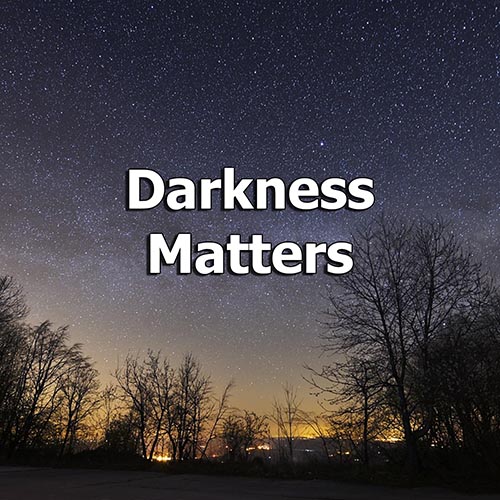
Darkness Matters: Light Pollution’s Threats and Simple Ways to Help
Darkness is an extremely important component of our ecosystem. Unfortunately, we’re losing it to light pollution. Learn simple things you can do to help.
-
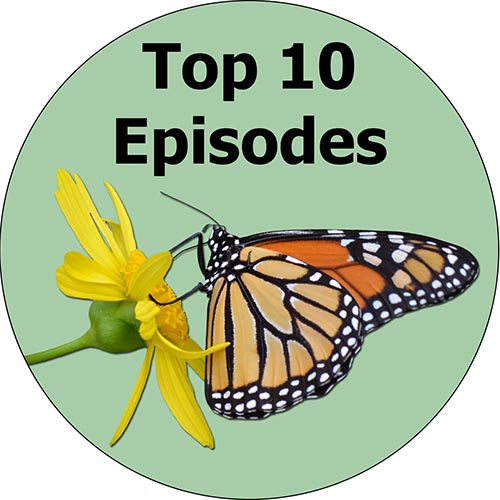
Top 10 Backyard Ecology Podcast Episodes: October 1, 2022 – October 1, 2023
We review the top 10 Backyard Ecology podcast episodes published between Oct. 1, 2022 and Oct. 1, 2023 based on the number of downloads.
-
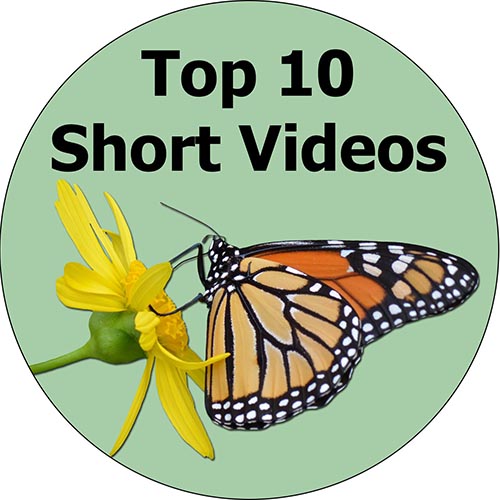
Top 10 Backyard Ecology “Shorts”
The Backyard Ecology YouTube channel was started in the spring of 2022. We review the top 10 shorts on that channel as of Thanksgiving 2023.
-
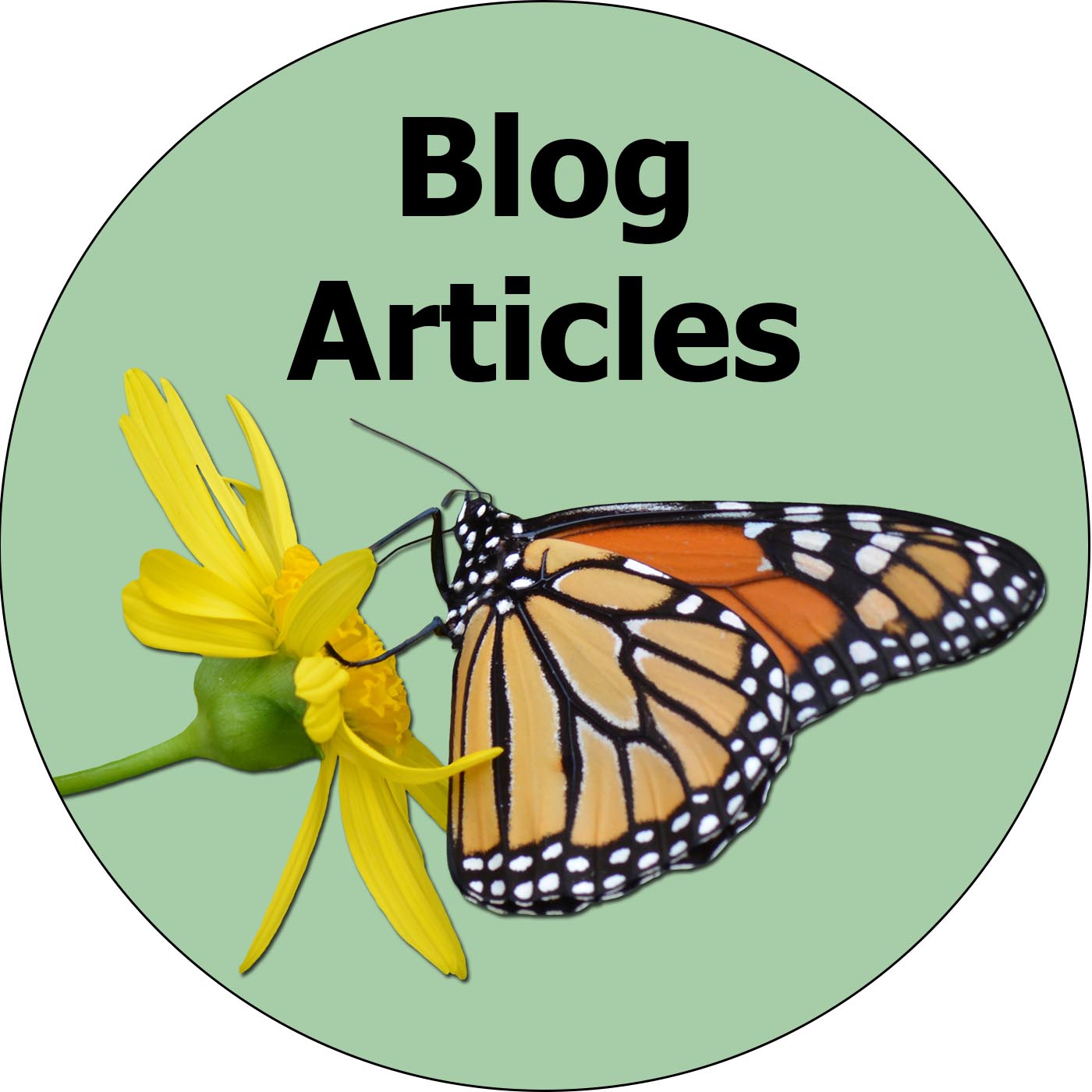
Top 10 Backyard Ecology Blog Articles: October 2022 – October 2023
in BlogA review of the top 10 Backyard Ecology blog articles published between October 2022 and October 2023 plus a bonus of the most viewed article of all time.
-
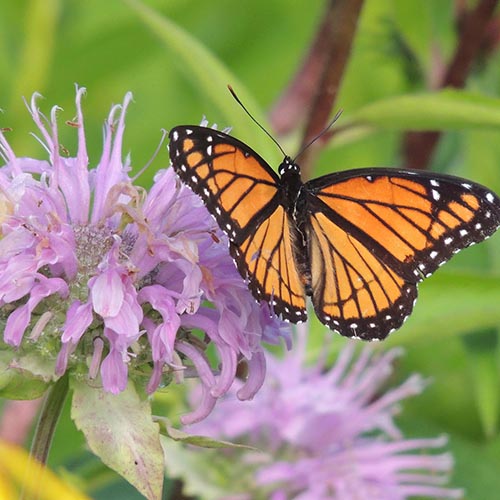
Tips and Tricks for Growing Prairie Plants in Your Native Plant Garden
in PodcastShannon Trimboli, Neil Diboll, and Hilary Cox discuss growing native plants in garden settings and the new book, The Gardener’s Guide to Prairie Plants.
-
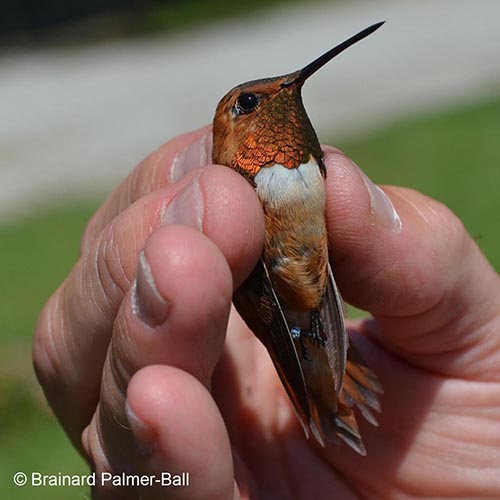
Resharing Your Favorites: Winter Hummingbirds
in PodcastShannon Trimboli and Brainard Palmer-Ball discuss winter hummingbirds in the eastern U.S. including what to do if you find one and how common they are.
-
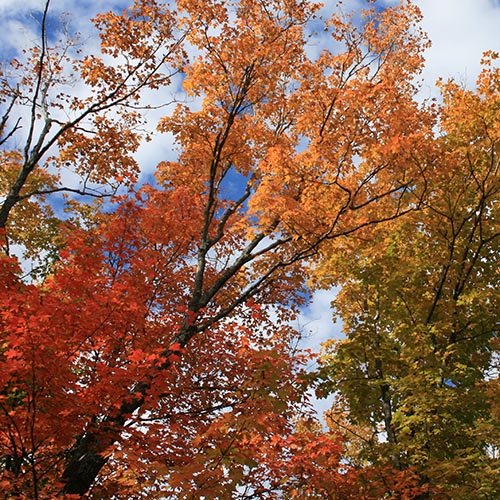
Fall Cleanup in the Pollinator and Wildlife Garden: A Comprehensive Guide to What You Need to Know and Do
When gardening with native plants for pollinators and wildlife, the traditional fall cleanup of the garden is not only unnecessary but could be detrimental.
-
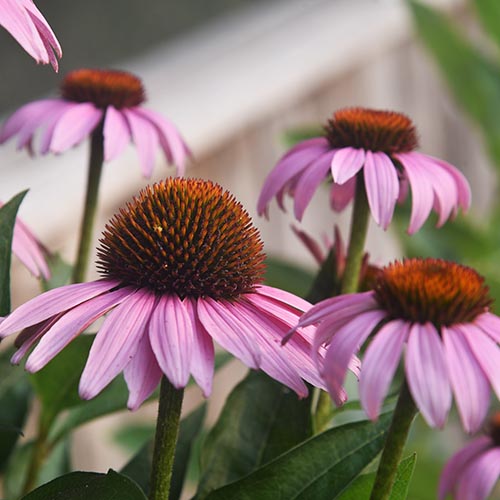
Resharing Your Favorites: Gardening with Native Plants
In this Backyard Ecology episode we talk with Jennifer Ceska from the Georgia State Botanical Garden at UGA about gardening with native plants and much more.
-
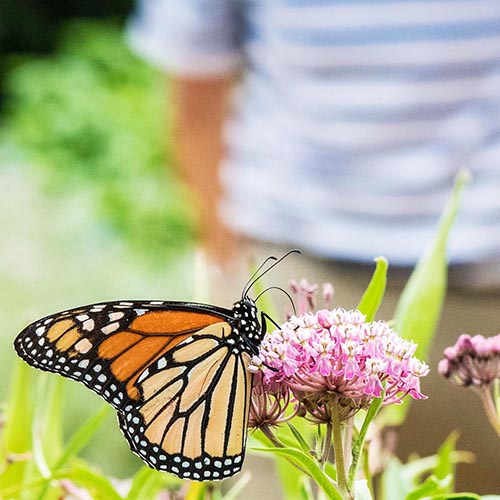
Building Thriving Ecosystems and Exploring Nature in Your Backyard with Backyard Ecology
in PodcastBackyard Ecology now has a new membership community and group coaching programs to help people at a deeper level through all stages of their ecological journey.
-
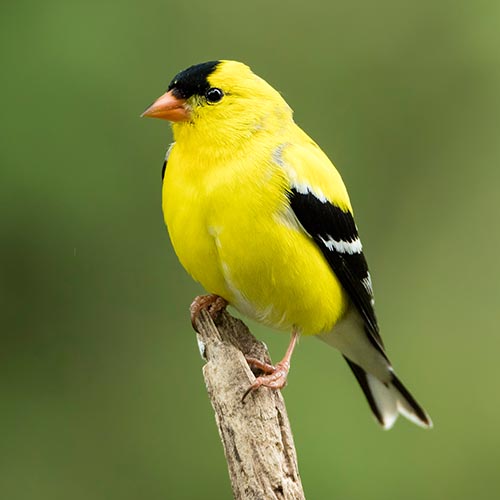
The American Goldfinch: A Comprehensive Guide
I remember Dad hanging our first tube feeder on the front porch. He filled it from a special bag of seed, not the sunflower seeds that we fed to all the other birds that came to our feeders during the winter. These were much smaller and elongated – “thistle seeds” he called them. I silently…
-
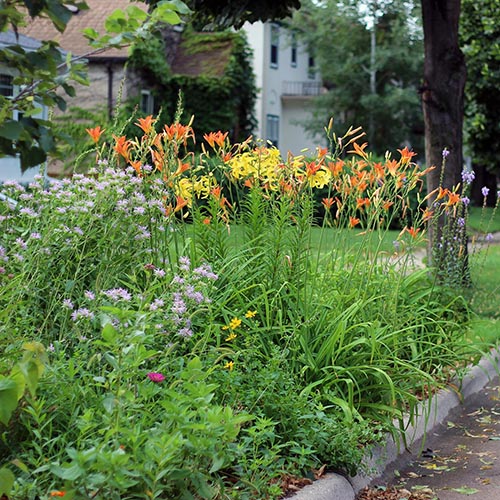
Exploring Urban Ecology: Understanding and Appreciating Nature Where We Live
in PodcastNavigation Menu Audio Links Sara’s links: Other episode-related links: * Amazon links are affiliate links. Backyard Ecology links: Back to top Full Transcript Intro: Did you know that urban ecology doesn’t just apply to big cities and towns? Even if you live in a fairly rural area, if there is a lot of interaction between…
-
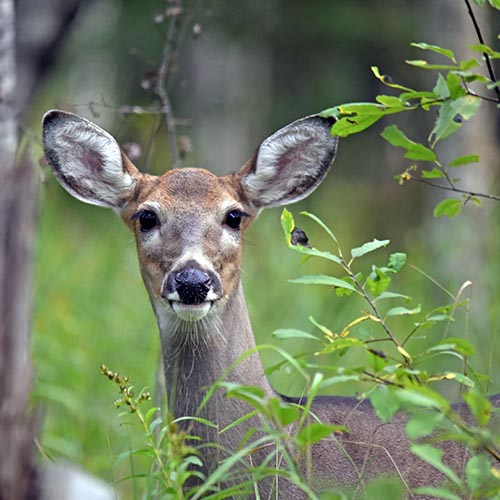
What Happens When a Tree Gets Blown Over? Discovering New Habitats Created by Fallen Trees
Storms are a powerful force of nature. The rain nourishes the land and stimulates life and growth. The wind can bring much needed relief from the stifling heat and humidity of summer. But the wind and rain can also cause flooding, knock out power, topple large trees, and create other challenges in our lives. When…
-
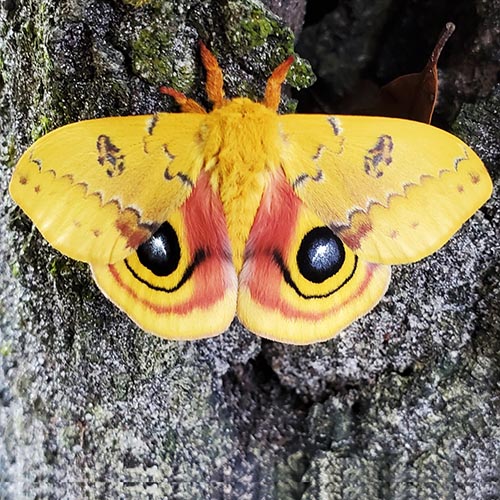
Moths: Unsung Heroes of Pollination and Beyond
in PodcastDid you know that there are approximately 10 times more moth species worldwide than there are butterfly species? Or that without moths we would have fewer songbirds, less genetic diversity in many of our native plants, and lower harvests of many popular fruits? Or that creating better moth habitats around our homes also benefits our…
-
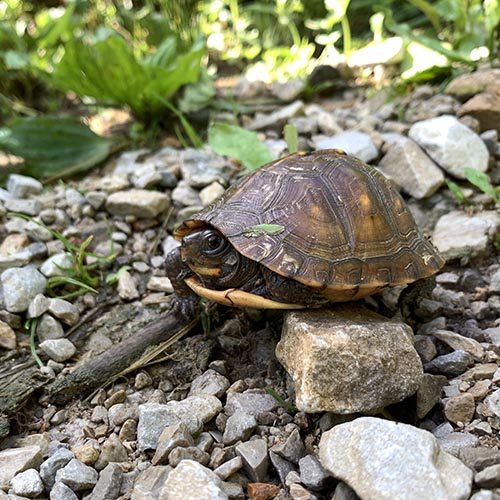
Sometimes Life Happens
Anthony and I both had big plans for this week. A blog article to write and record. At least one “long” video and hopefully a shorter nature trivia video or two to create. A podcast episode to edit. Work on multiple projects that we’re planning to launch before the end of the year. Several meetings.…
-
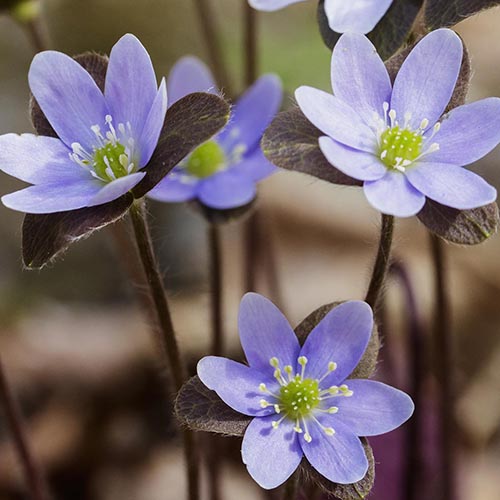
Learning to See and Identify Plants with Alan Weakley
in PodcastNavigation Menu Audio Links Episode links: * Amazon links are affiliate links. Backyard Ecology links: Full Transcript Intro: If you’ve ever found a plant that you didn’t recognize and wanted to know what it was, then this episode is for you. We talk about learning to observe plants, how to identify plants, why that’s important,…
-
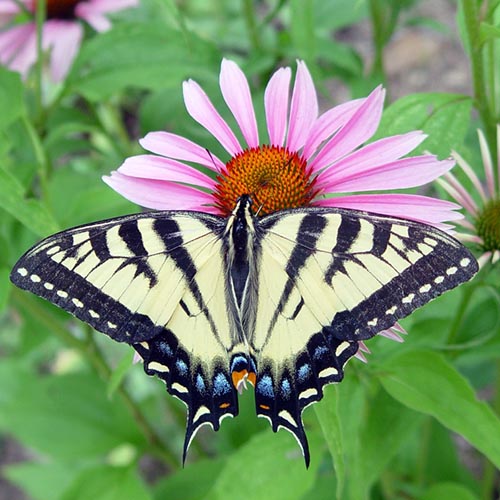
5 Tips for Attracting Butterflies to Your Yard
If you are interested in attracting butterflies to your yard, then you aren’t alone. Many people dream of having lots of beautiful butterflies flitting across their property. To accomplish your dream of attracting butterflies, you may be thinking about planting a butterfly garden or you may have already planted one. Butterfly gardens are extremely popular…
-
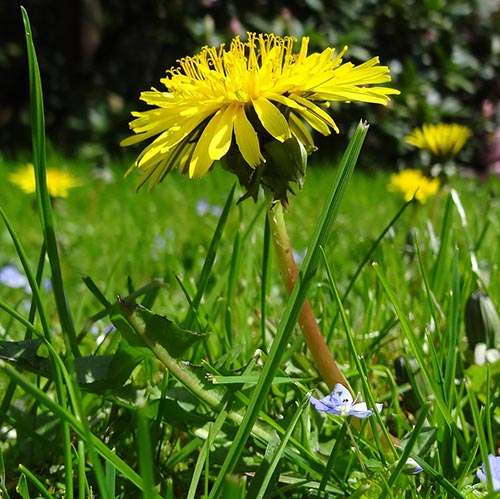
Should I Mow My Yard in May? The No Mow May Debate
For the past few years as April winds down and we enter the month of May, the memes and articles promoting No Mow May seem to explode and are practically everywhere. It’s also something I commonly get asked about when I’m giving presentations or talking to people about making their yards more pollinator and wildlife…
-
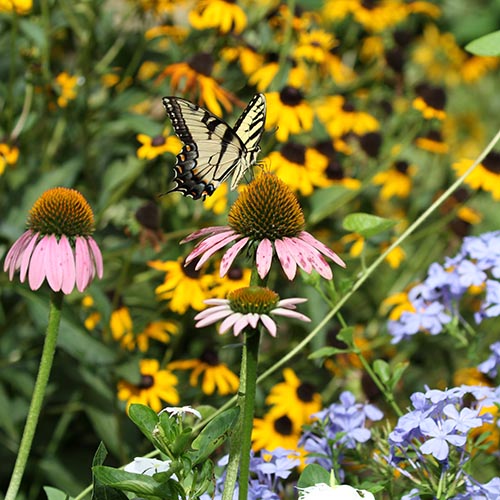
Why Are Some Native Plants Unavailable Early in the Season?
As spring starts to roll around, the garden centers, greenhouses, and nurseries fill up with seeds, bulbs, and pots of brightly colored plants in full bloom. It’s a scenario that plays out every year in just about every town or city. At the same time, the weather is warming up and everyone is getting the…
-
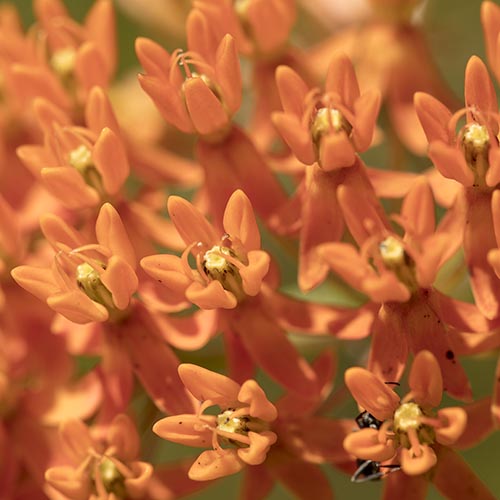
How Can Your State’s Native Plant Society Help You?
in PodcastDo you want to start growing native plants in your yard, but don’t know where to find them? Or maybe you aren’t even sure what a native plant is for your area. Or maybe you are in a situation where you can’t plant anything right now, but you still want to learn about native plants…
-
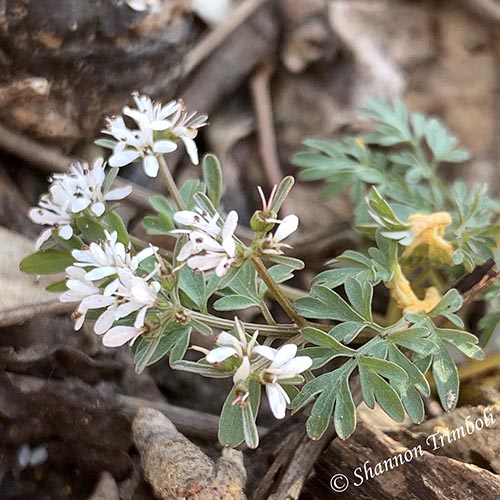
Recent Nature-related Discoveries in My Yard and Community – February and March 2023
This past February and March were quite eventful and packed full of nature-related discoveries and observations. For starters, it seemed like many of the late winter blooming trees and early ephemeral wildflowers bloomed a little on the early side. Then, at least where I’m at, March’s weather was insane with a couple of major windstorms.…
-
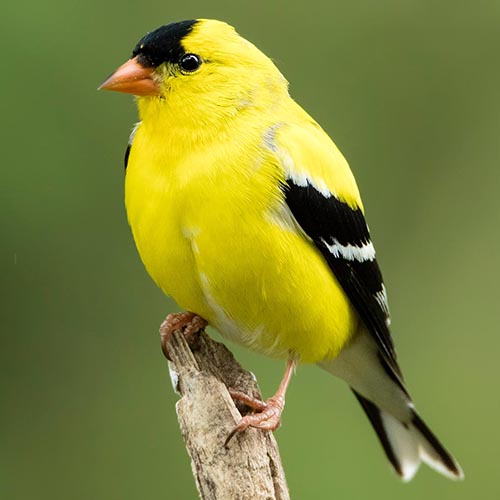
Birding Tools and Technology to Help You Be a Better Birder
in PodcastBirding is a fun activity with many different ways you can do it. You can bird by ear and identify birds by their songs. You can look at the birds and identify them that way. You can watch the birds out your window or as you spend time in your yard. Or you can go…
-
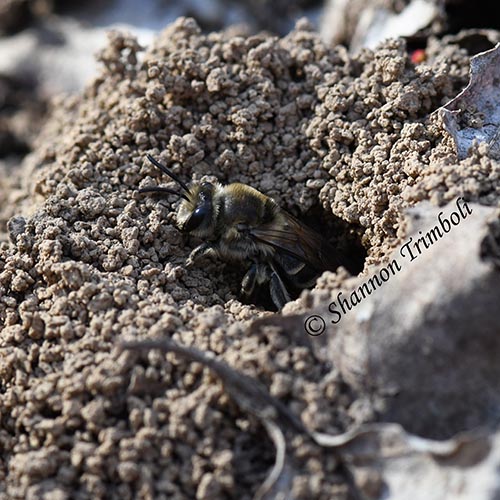
Native Ground Nesting Bees: Important Early Season Pollinators
When most people think of bees, the non-native honeybee and the native bumble bees are what often come to mind because they are big and easily recognized. But there are thousands of other, lesser known species of native bees. Some of the most interesting are the many species of ground nesting bees that, as their…
-
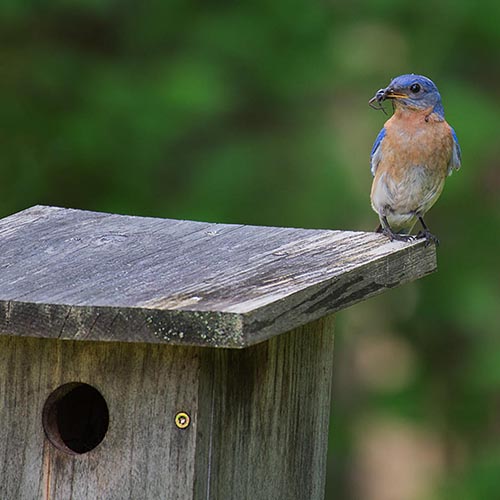
Everything You Want to Know About Nesting Birds with NestWatch
in PodcastDo you enjoy having birds nest on your property? Would you like to learn more about what to look for in a nest box to make it the best it can be for your birds? Are you interested in finding out how you can safely monitor your nesting birds and help scientists study nesting birds?…
-
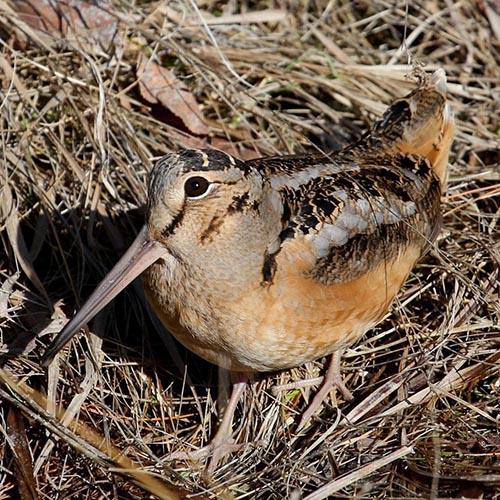
American Woodcock: Sky Dancers of Early Spring
The American woodcock (Scolopax minor), also known as the timberdoodle, is a funny looking bird. It can be found throughout most of the eastern U.S. and southeastern Canada during at least part of the year. Every year I look forward to hearing their familiar “peents” and watching their sky dances – a sure sign that…
-
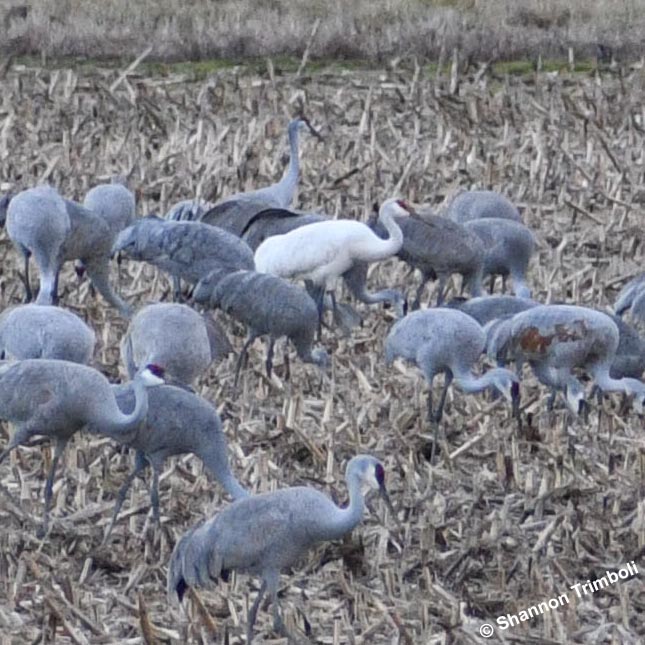
Recent Nature-related Discoveries in My Yard and Community – December 2022 and January 2023
I hope you had an amazing holiday season and your new year is off to a wonderful start. I also hope that over the last couple of months you were able to make some time to get outside, relax, and enjoy some of the nature surrounding you. Below are a few of the nature-related discoveries…
-
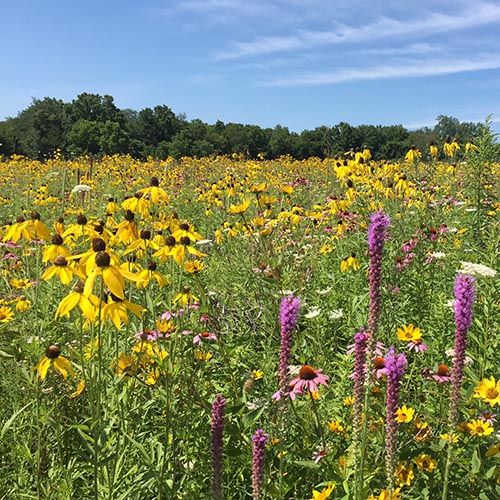
Wildflower vs Native Plant: What’s the Difference?
Browse seed catalogs or walk into almost any big box store’s garden center and there is a good chance that you’ll find one or more seed mixes for sale that are labeled as “wildflower blends.” Some are even marketed as good for pollinator gardens. But just because something is a wildflower doesn’t mean it is…
-
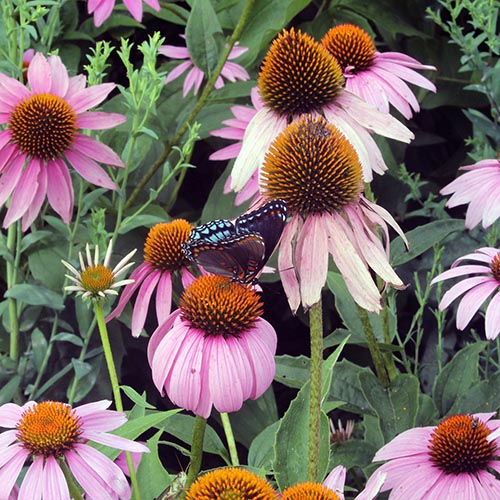
Ecology Based Landscaping with Larry Weaner
in PodcastDo you want your yard to benefit nature, while also being a place that speaks to you and is somewhere you enjoy spending time? Would you love for your yard to also be a place your neighbors admire and that inspires them to create pollinator and wildlife friendly landscapes? In this episode of the Backyard…
-
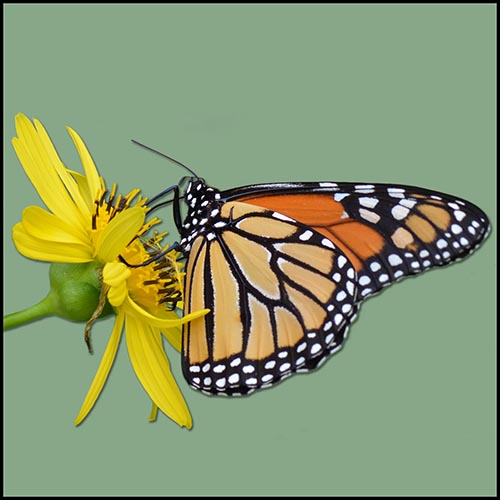
Top 10 Most Popular Backyard Ecology Articles: Thanksgiving 2021 – Thanksgiving 2022
The new year is only a few days away. As I said in last week’s podcast episode, this is traditionally a time for looking back over the last year and looking forward to the new year. We’ve been following that tradition in the Backyard Ecology world, both with our content and behind the scenes as…
-
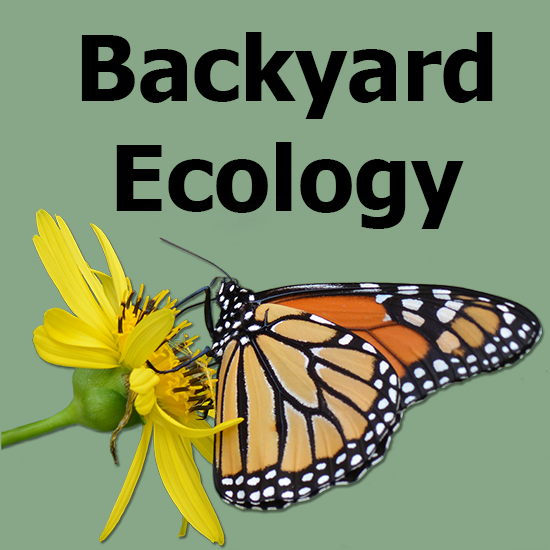
Top 10 Most Popular Backyard Ecology Episodes: Thanksgiving 2021 – Thanksgiving 2022
in PodcastOver the past year, we’ve had some amazing conversations with a variety of highly talented and passionate people. I am very grateful to them for sharing their enthusiasm and knowledge with us. What was your favorite episode of the year, and why? Please let us know in the comments. For today’s episode, I’m going to…
-
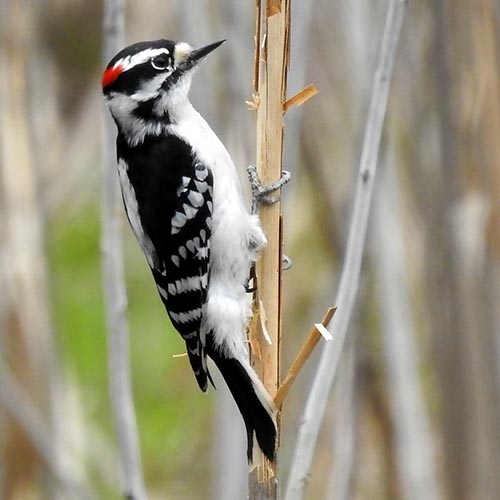
Downy Woodpecker: Our smallest woodpecker and a common backyard visitor
When I was a kid, downy woodpeckers were common visitors to our suet feeders and the platform feeder that held black sunflower seeds on the front porch. So, I had lots of opportunities to watch them. They were probably the second species of woodpecker that I learned to identify. (The first woodpecker species I learned…
-
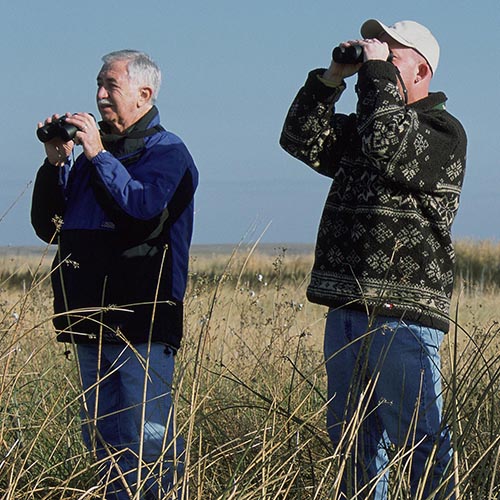
The Christmas Bird Count: An Over 120 Year Tradition
in PodcastThe Christmas Bird Count, also known as the CBC, began in 1900. For the past 122 years, volunteer birders of all ages and abilities have gathered together to conduct surveys of the birds found in their areas. The Christmas Bird Count is the longest running, community science or citizen science program in the U.S. and…
-
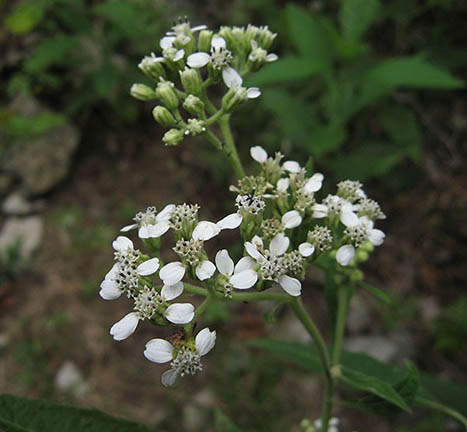
White Wingstem: A Late Fall Nectar Source and Frost Flower Producer
When we think about early winter interest in the garden or landscape, we are often thinking about trees or shrubs that have interesting bark or brightly colored berries. Native grasses can also provide early winter interest with their golden browns and attractive seedheads. However, rarely do we think about herbaceous plants as a source of…
-
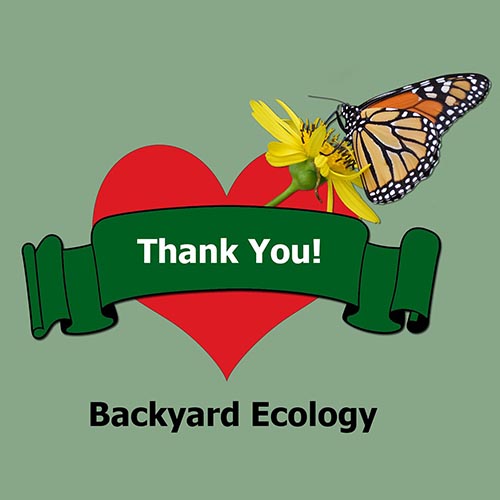
Thank You for Being Part of Backyard Ecology
in PodcastThe holiday seasons are upon us. This is often a time to gather with family and friends, give thanks, share memories, exchange gifts, and reflect both on what we have and what we hope to achieve in the coming year. I thought about skipping this episode completely since it will release on Thanksgiving Day and…
-
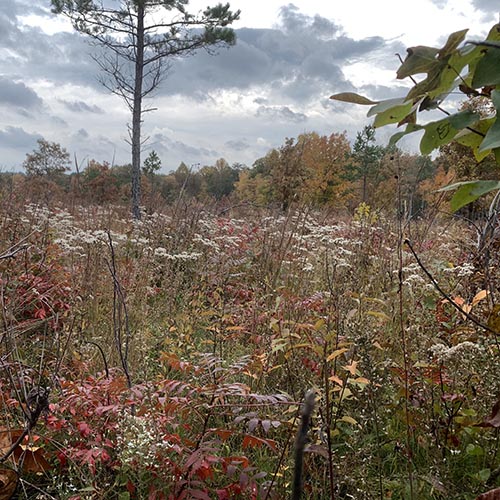
Recent Nature-related Discoveries in My Yard and Community – October and November 2022
Around here it was an amazing fall – full of fall wildflowers, late season pollinators, and beautiful fall colors. We were seeing and hearing reports of butterflies well into the first week of November! Then the seasons changed, almost overnight, as we were plummeted into early winter. However, I wouldn’t be surprised to get another…
-
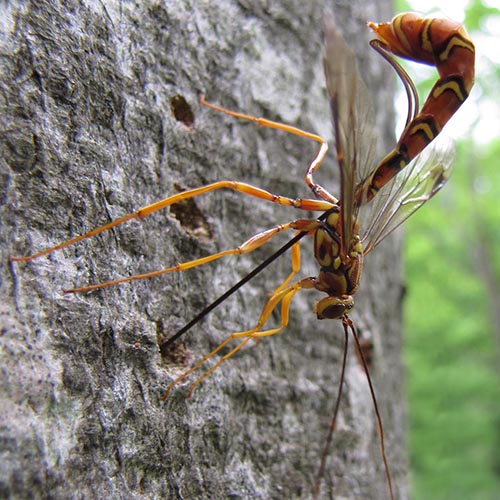
Fascinating Wasp Diversity
in PodcastWasps are often portrayed as one of “the bad guys” in the insect world. But part of that common misconception comes from a lack of knowledge or understanding about wasps in general and stereotypes that don’t apply to most wasp species. The truth is that wasps are extremely diverse and what most of us think…
-
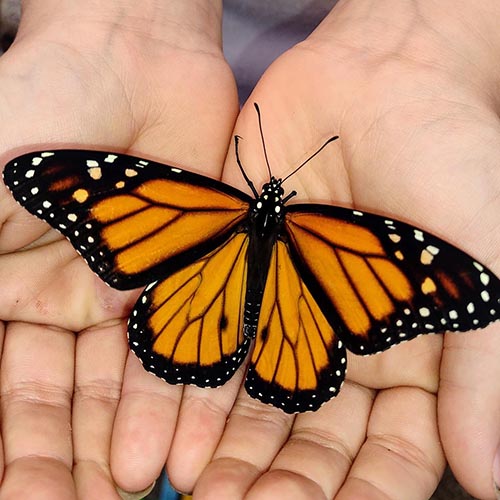
Monarch Butterflies and OE (Ophryocystis elektroscirrha)
in PodcastMonarch butterflies have become an increasingly hot topic in recent decades, and especially in the last couple of years. Conversations about monarchs often revolve around topics like their migrations, the importance of milkweeds, or other flowers we can plant for monarchs. Rarely do the topics of monarch health or monarch diseases come up. Yet these…
-
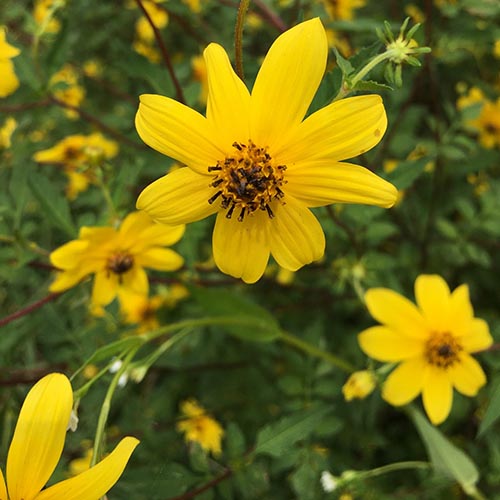
5 Native Plants that Bloom in the Late Fall
in PodcastOne of the most common pieces of advice given related to pollinator gardening is to try and have a constant supply of blooms available throughout the growing season. That’s easy in the spring. The summer is a little more challenging than the spring, but is still relatively easy. Even early fall isn’t too bad thanks…
-
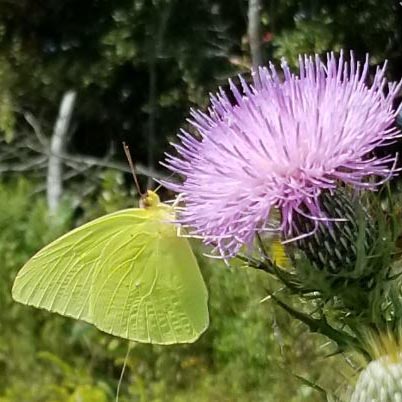
Cloudless Sulphur Butterfly: A Common Fall Migrant
One of the many things I love about the fall is watching all the cloudless sulphur butterflies (Phoebis sennae) flying across our yard and fields. They always remind me of little drops of sunshine fluttering through the air. Cloudless sulphurs can be found in most of the eastern U.S. They are more common from approximately…
-
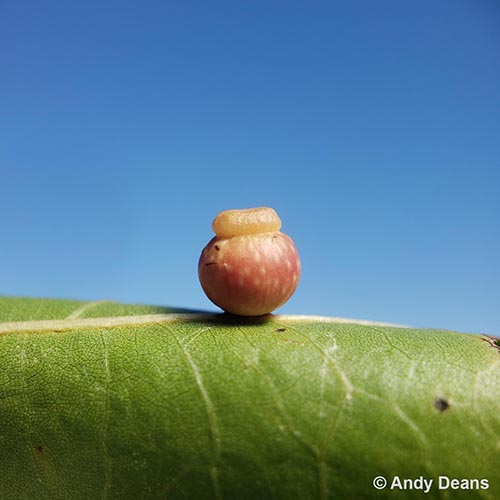
Galls: Amazingly Diverse and Fascinating Plant Growths
in PodcastHave you ever found a leaf with weird little balls or spiky things attached to it? Or found a plant with a weird growth on its stem or a dense clump of leaves growing out of an odd place? Chances are those were galls. Going into this conversation, I knew a little bit about galls,…
-
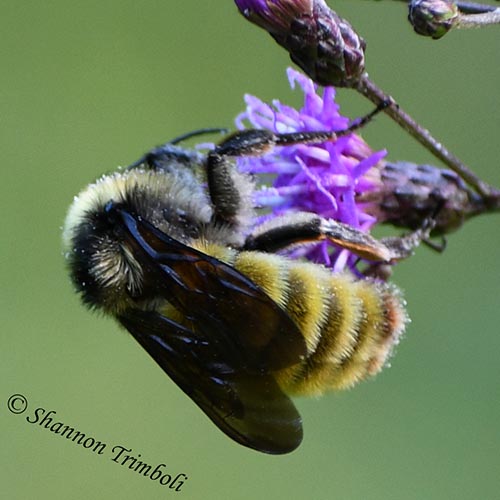
Recent Nature-related Discoveries in My Yard and Community – August and September 2022
I absolutely love fall! The temperatures are much nicer. The fields are a riot of color – lots of bright yellow, of course, but also purples, whites, pinks, oranges, and scattered other colors. Goldfinches are everywhere. And then there are all the butterflies, bees, wasps, and other “bugs” busily going about their business on the…
-
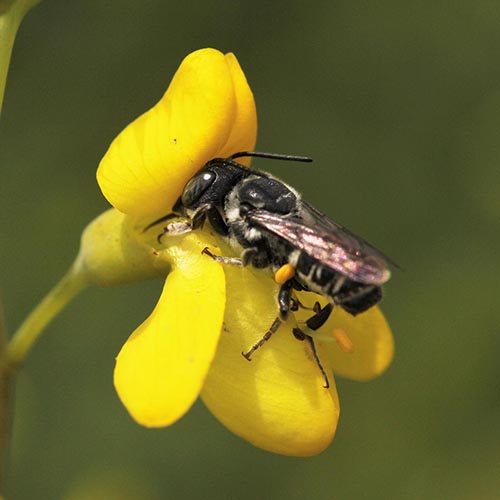
Planting for Pollinators
in PodcastOne of the most common questions I get is, “What should I plant for pollinators?” As you’ll hear in today’s conversation, I’m not the only one who frequently gets that question. It’s probably the most common question asked of anyone who promotes pollinator gardening. Unfortunately, there isn’t a simple answer to that question because lots…
-
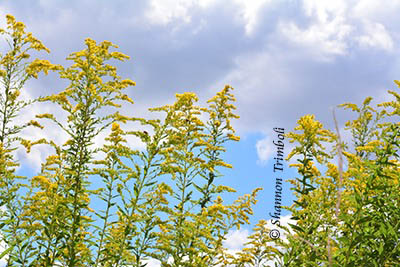
Pollinator Friendly Methods for Mowing Fields
Property owners and land managers will often mow large fields in the fall. Sometimes this is done for aesthetic reasons. Sometimes it is done because “that’s the way it’s always been done.” And sometimes it is done out of a desire to keep trees and other woody vegetation from taking hold in the field, especially…
-
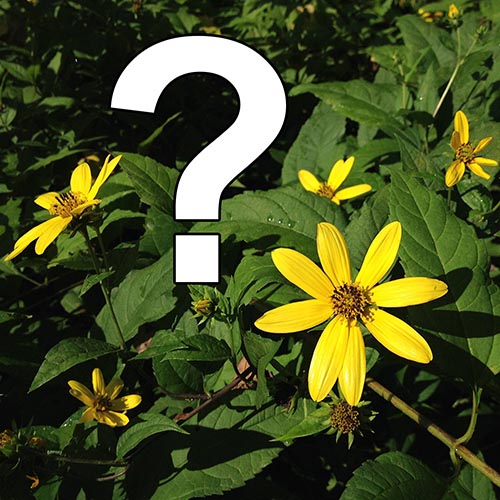
Tips and Resources for Identifying Plants
in PodcastWe’ve all been there. We are walking in the woods, in a field, along a creek bank, around our property, or around the local park and we stumble upon an interesting plant. It isn’t one that we know and we immediately begin to wonder, “what is that?” It’s a simple question that holds so much…
-
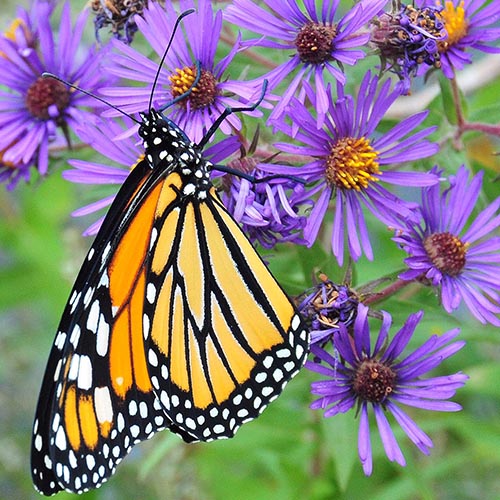
5 Fall Blooming Native Plants I Love
in PodcastFall is an extremely important time for pollinators, so having plenty of flowers available at this time of year is crucial if one of your goals is to attract pollinators. Luckily, there are lots of fall blooming, native plants that you can grow in your gardens. In the last Backyard Ecology podcast episode I talked…
-
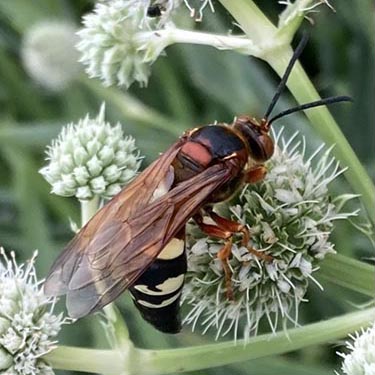
Cicada Killers: Not as Menacing as They Appear
Every summer, about the time that the annual cicadas start calling, one of our largest wasps appears. They can be kind of intimidating because of their size. Their yellow, black, and reddish-brown coloration only adds to their menacing look. These wasps are called cicada killers, and unless you are a cicada, you really don’t have…
-
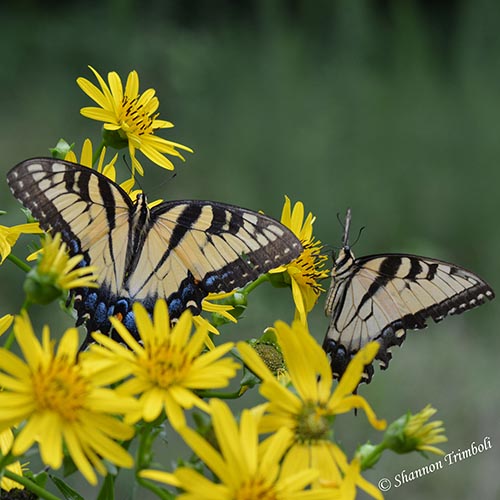
5 Late Summer Blooming Native Plants I Love
in PodcastLate summer is often thought of as a challenging time for gardening. It’s hot, it’s humid, we may or may not be getting regular rainfall, and there are often lots of other summertime activities competing for our attention. But if our goal is to plant for pollinators and wildlife, then it is important to make…
-
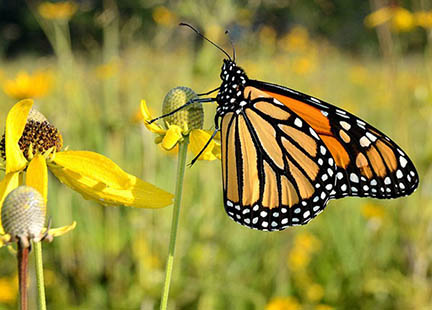
Everything You Need to Know about the IUCN Listing of the Monarch Butterfly
in Take ActionOn July 21, 2022, the IUCN listed the migratory population of the monarch butterfly as endangered on their Red List of Threatened Species. Monarch butterflies are so familiar and so beloved that the reaction was immediate and passionate. In many cases, it was also misinformed. So, let’s dig in a little deeper and talk about…
-
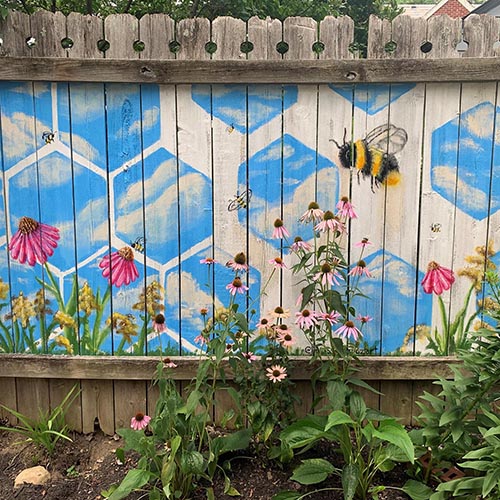
Getting the Community Involved in Creating Pollinator Habitat
in PodcastI often hear comments or questions such as, “I do what I can in my yard, but I wish more people in my community would plant pollinator gardens.” Or, “What can I do to get my community involved and to make my community more pollinator friendly?” It can feel overwhelming and like there isn’t anything…
-
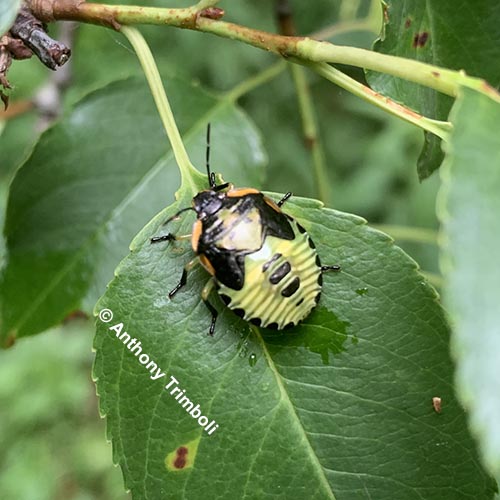
Recent Nature-related Discoveries in My Yard and Community – June and July 2022
The last month or so has been incredibly hot, dry, and humid where I’m at. Heat indexes of over 100 have become normal. I’m very grateful for all the wildlife that I can view from the house while sitting in the air-conditioned comfort on those hotter days. Yet, even with the miserably hot weather, we’ve…
-
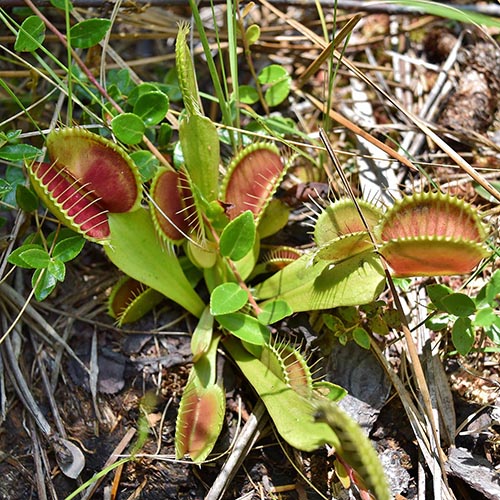
The Fascinating World of Venus Flytraps
in PodcastDid you know that Venus flytraps are insect pollinated? Or that they are native to a very small part of eastern North and South Carolina? Or that they rarely eat flies? I didn’t either until I stumbled upon a research paper talking about the pollination of Venus flytraps. That paper led me down a rabbit…
-
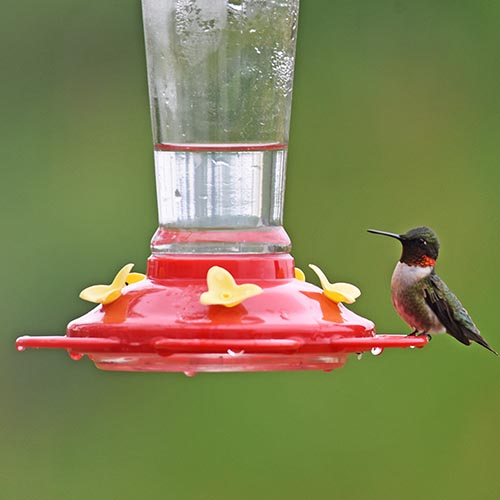
10 Tips for Feeding Hummingbirds: Hummingbird Feeder Safety and Beyond
Hummingbirds are fascinating and common visitors to our yards. Attracting and feeding hummingbirds is a favorite activity of many people. The internet and social media are full of advice for attracting and feeding hummingbirds, and like for most topics, some of the information is good and some isn’t. In fact, some of the information I’ve…
-
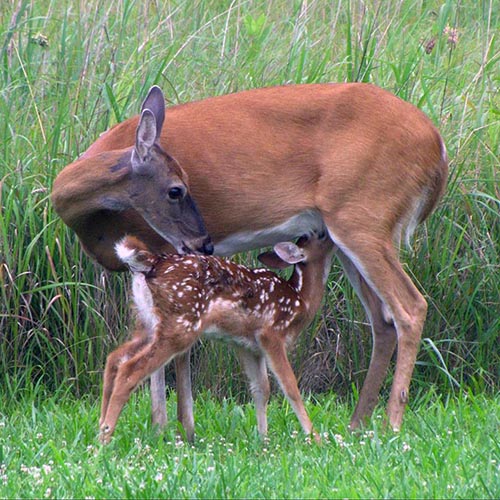
Summertime Activities and an Exciting Backyard Ecology Announcement
in PodcastSummer brings with it butterflies, lightning bugs, caterpillars, hummingbirds, fawns, baby birds, and so much more. It can be a really fun time to just get outside and observe all of the fascinating plants and animals around us. There are also plenty of things that we can be doing at this time of year to…
-
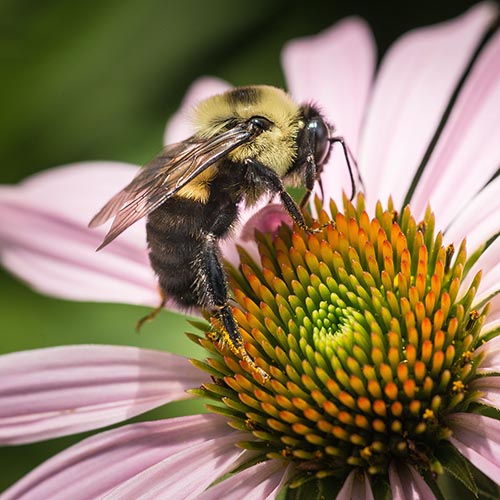
Ask a Bumble Bee: What Flowers Do Bumble Bees Prefer?
in PodcastI often get asked what people can plant for bees. I can give good general answers to those questions, because we have a good idea of what types of flowers tend to be attractive to bees in general. We can then use that information along with personal observations made by ourselves and others to fairly…
-
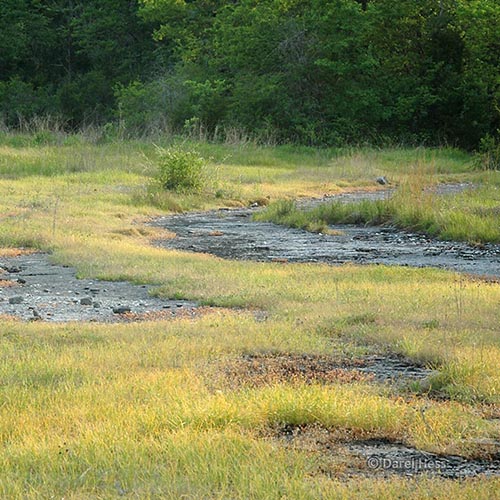
A Glimpse into the Fascinating World of Cedar Glades
in PodcastGlades are ecosystems where the soils are really shallow and rocky, often with patches of rock showing on the surface. They can be found all over the world, including multiple states within the eastern U.S. These ecosystems are unique areas that support some really interesting and sometimes highly specialized or rare organisms. Admittedly, they can…
-
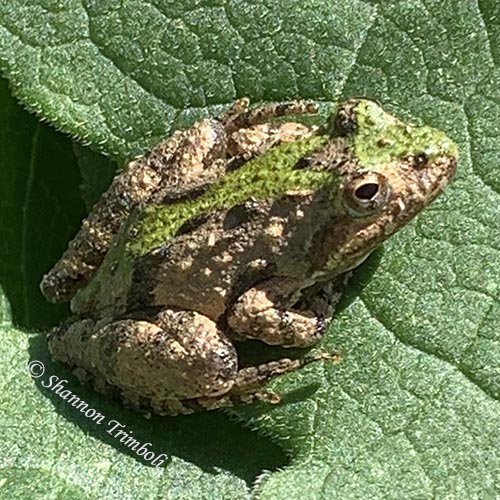
Recent Nature-related Discoveries in My Yard and Community – April and May 2022
Where did this spring go? The last couple of months have been crazy busy, but so much fun too. I have had the opportunity to make some amazing nature-related discoveries both around my own property and while traveling. Below are a few of the nature-related discoveries I’ve made on our property over the last couple…
-

Gardening with Native Plants
in PodcastThe interest in gardening with native plants has been growing steadily, and I am very excited about that fact. Growing native plants in our gardens and landscapes can have many benefits – both for us as the gardeners and for the pollinators and wildlife that also call our yards home. Plus, we have some absolutely…
-
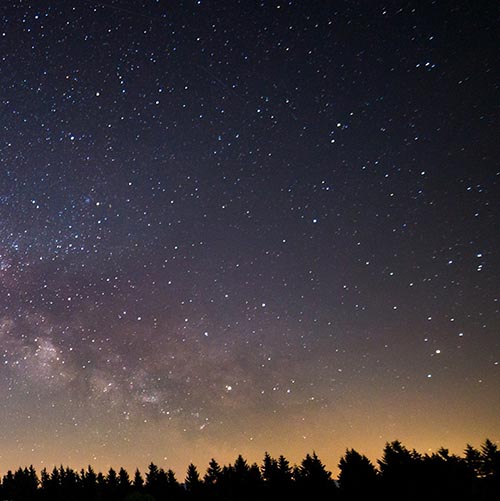
Light Pollution and Its Impacts on Birds and Other Wildlife
in PodcastOnce upon a time, the moon was the brightest object in the night sky followed by the stars. However, that’s no longer the case. Today the night sky is so brightly lit by artificial lights sources that the majority of people living in North America can no longer see the Milky Way from their yards.…
-
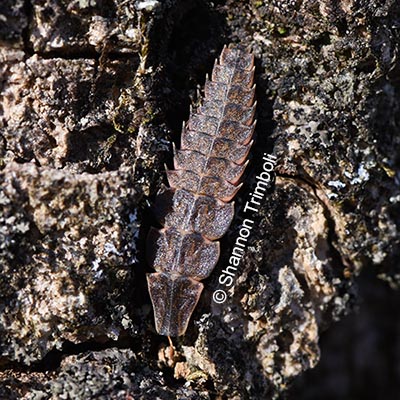
Spring Treetop Flasher: Our First Firefly Species of the Season
I used to think that there was only one type of firefly. I think many of us go through that stage. Looking back, I have to laugh because why would there only be one type of firefly? I mean, we have more than one type of bird, butterfly, frog, fish, etc. Why should fireflies be…
-
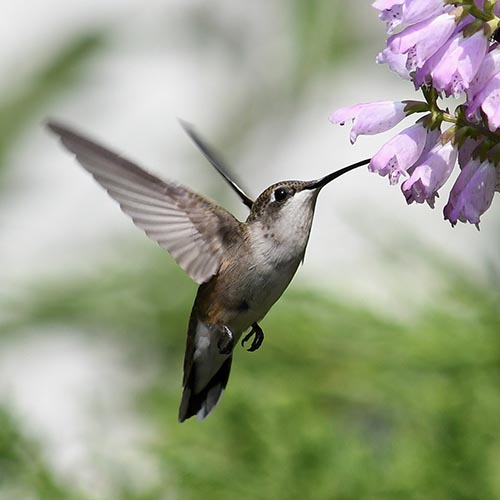
Attracting Ruby-Throated Hummingbirds to Your Yard
in PodcastRuby-throated hummingbirds are common and much beloved summer visitors to yards and gardens throughout the eastern U.S. and Canada. In this episode of the Backyard Ecology podcast, we talk about ruby-throated hummingbirds, their northward migration, and how to make our yards more hummingbird friendly. We are joined in this conversation by Cyndi Routledge who is…
-
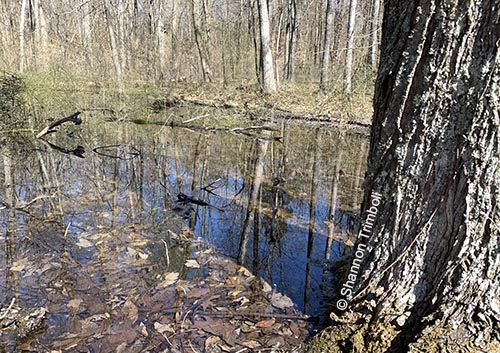
Recent Nature-related Discoveries in My Yard and Community – February and March 2022
It’s spring! The days have been getting noticeably longer. The birds are starting to sing in the mornings. The spring ephemeral wildflowers are starting to bloom. Spring tree top flasher firefly larvae are on the tulip poplar trunks. The first butterflies of the year are coming out. And the phoebes are bouncing between their two…
-
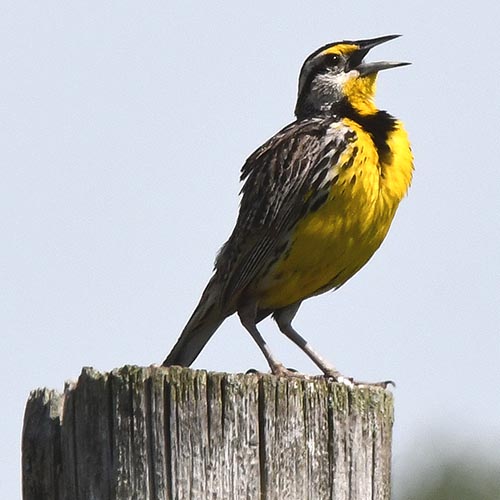
Grasslands and Grassland Birds of the Eastern U.S.
in PodcastGrassland birds such as bobwhite quail, meadowlarks, sparrows, northern harriers, burrowing owls, and many others represent one of our fastest declining groups of birds. In many ways, this makes sense since grasslands are some of our fastest declining ecosystems, especially in the eastern U.S. Yet, many people don’t realize how rapidly grassland birds and the…
-
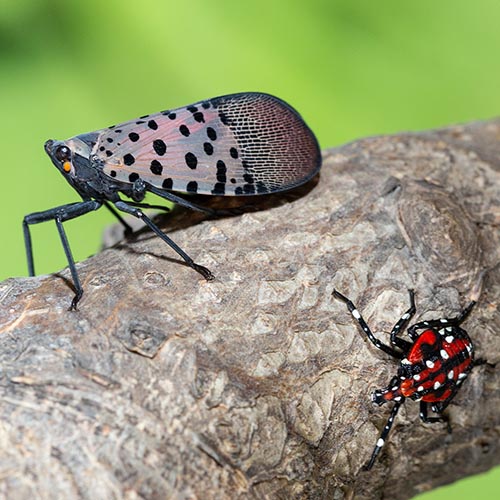
Spotted Lanternfly: Invasive Species Alert
in PodcastThe spotted lanternfly (Lycorma delicatula) is an invasive species of leafhopper (a type of insect) that was accidentally brought to the U.S. from Asia. It was first detected in Pennsylvania in 2014 and has spread to multiple states since then. This episode of the Backyard Ecology podcast is all about the spotted lanternfly and is…
-
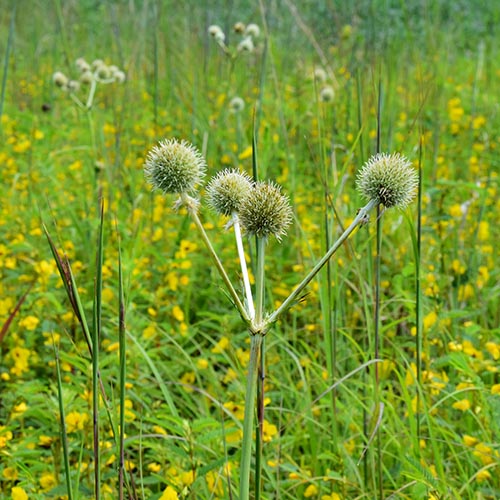
Are Larger Patch Sizes Better When Planting for Pollinators?
in PodcastWhen it comes to planting for pollinators or gardening for pollinators, the traditional advice has always been to plant larger patch sizes or clumps of plants. The thought is that the larger patch sizes will be easier to see and more attractive to pollinators than smaller clumps or patch sizes. But saying that assumes that…
-
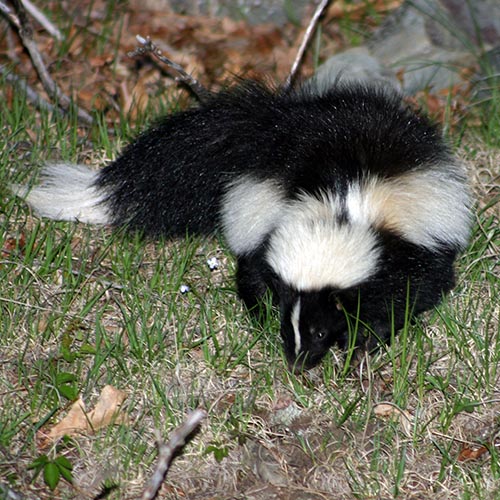
The Striped Skunk: A Common Visitor to Backyards
Overview Skunks may not be the first animal that pops into your mind for backyard wildlife, but they are common visitors to many yards. Because they are active at dusk and during the night, they often go unobserved. Despite their infamous defense mechanism, they don’t have a very strong smell unless they’ve been provoked. The…
-

A Conversation with Kyle Lybarger from the Native Habitat Project
in PodcastIn 2021, Kyle Lybarger began creating TikTok videos about native plants and grassland ecosystems in Alabama. He quickly became a social media star and even gained the attention of more traditional media streams including The Weather Channel. Kyle is doing terrific work teaching about and raising awareness of native plants and grassland communities. He is…
-
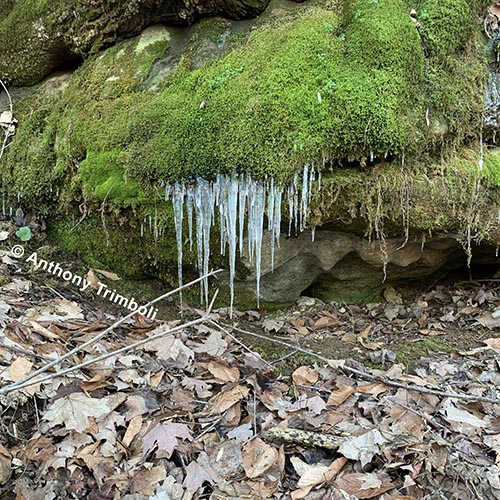
Recent Nature-related Discoveries in My Yard and Community – December 2021 and January 2022
Weather-wise, the last couple of months have been insane. In early December, I still had a few scattered goldenrods in bloom. They were all individuals that had been browsed or cut earlier in the year, which kept them from blooming at the same time as the other goldenrods. I was also still seeing the occasional…
-
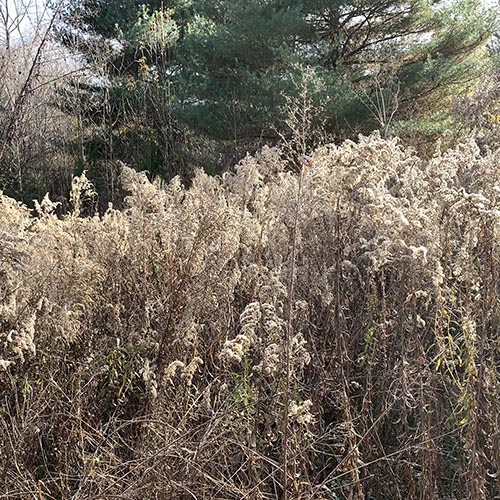
Habitat Management and Observing Nature in the Winter
in PodcastWinter is often depicted as being dark and cold. A time to slow down and spend more time inside, than outside. But winter can be a really great time for observing nature and doing many habitat management activities. Habitat management activities that we can do in the winter is a topic that I get asked…
-

Top 10 Backyard Ecology Blog Articles in 2021
I officially launched the Backyard Ecology blog in September 2020. Over the past 16 months, I’ve written over 50 Backyard Ecology blog articles, in addition to producing Backyard Ecology podcast episodes. The blog articles have covered a wide variety of topics, but generally can be grouped under 4 main categories: Profiles of native critters Profiles…
-

Top 10 Backyard Ecology Podcast Episodes in 2021
in PodcastThe first “real” episode of the Backyard Ecology podcast went live on December 3, 2020. (Technically that was episode 2, but I don’t count the introduction episode as a “real” episode because all I was doing was telling you that I was going to start the Backyard Ecology podcast.) This is episode 40, and we…
-
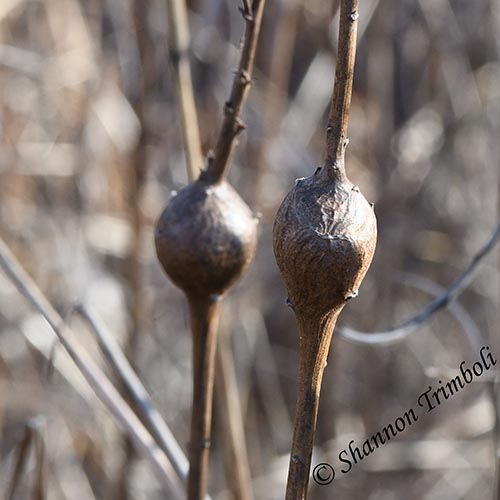
The Goldenrod Gall Fly: An Insect with a Fascinating Life History and Valuable Role in the Ecosystem
Overview Sometimes when we are walking through our yards or communities, we don’t see the critters themselves as much as we see the signs they leave behind. Such is the case with the goldenrod gall fly (Eurosta solidaginis). Goldenrod gall flies can be found throughout most of North America. There are two subspecies – one…
-
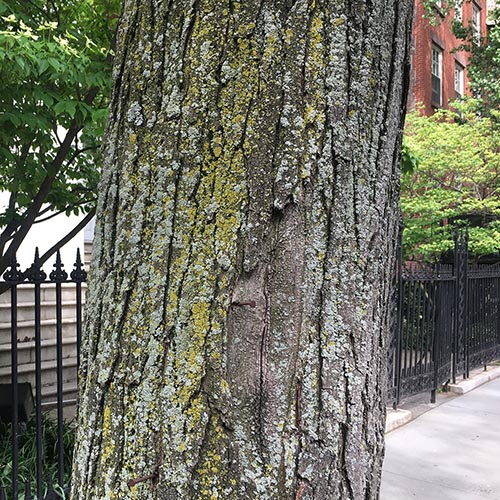
Liking lichens: A Glimpse into the Fascinating World of Lichens
in PodcastLichens are AMAZING organisms. You can find them practically everywhere from very urban areas to very rural areas. You can find them growing on trees, rocks, buildings, benches, and all kinds of different things. But many of us really don’t know a whole lot about lichens. In today’s episode of the Backyard Ecology podcast, I…
-
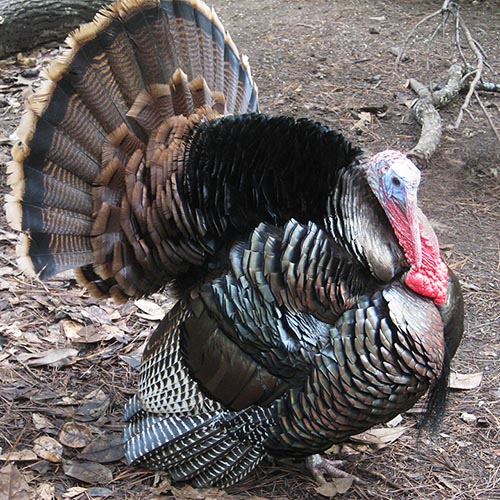
Wild Turkeys: A Conservation Success Story, Where We Are Now, and What We Can Do
in PodcastWild turkeys are fascinating birds that are only found in North America. They are also a conservation success story – one which most people aren’t aware of because the turn-around was so successful. In this episode of the Backyard Ecology podcast, we talk with Dr. Bret Collier. Bret is a Professor of Wildlife Ecology at…
-
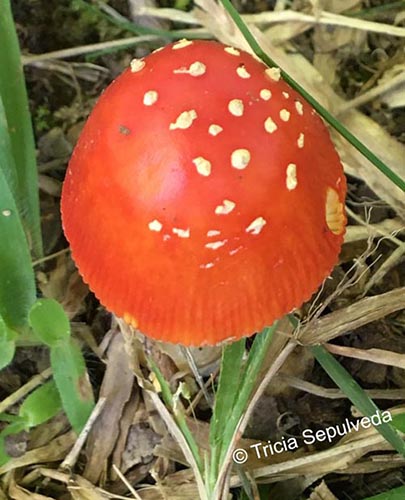
Nature-related Discoveries in My Yard and Community – October and November 2021
What a difference a couple of months have made! The leaves have fallen off the trees and I can once again see the road from my house. The fall warblers have migrated through and my winter suite of birds are arriving. The flowers have stopped blooming and beautiful seed heads have replaced the blossoms. Below…
-

Bats and Bat Houses
in PodcastBats are often associated with Halloween and relegated to roles in scary movies, but they are so much more. Bats are very diverse and fascinating creatures that play an invaluable role in our ecosystem. I love the fact that more people seem to be recognizing this and wanting to do things like put up bat…
-
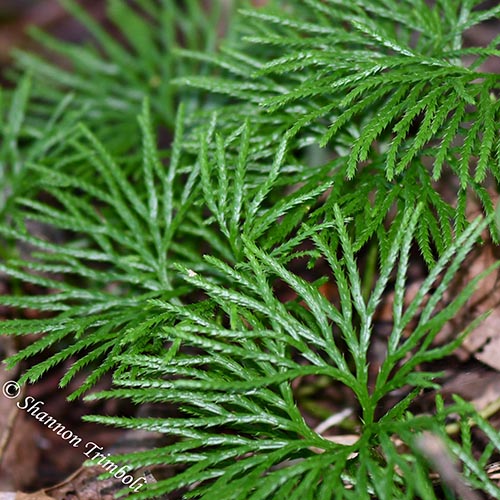
Ground Cedar: A Unique Evergreen Groundcover of Eastern Forests
Walking through my woods, I was excited to find a clump of ground cedar. My grandparents introduced this plant to me when I was kid, but they taught it to me by one of its other common names – running cedar, and I still sometimes call it that. To this day, I smile and think…
-

Winter Hummingbirds in the Eastern U.S.
in PodcastWe always think of hummingbirds as being summer birds. But, did you know that we also have winter hummingbirds? They aren’t common, and they become less common the further you are from the southern coastal plains; however, they aren’t unique either. In the winter of 2011-2012, I was lucky enough to host one of these…
-
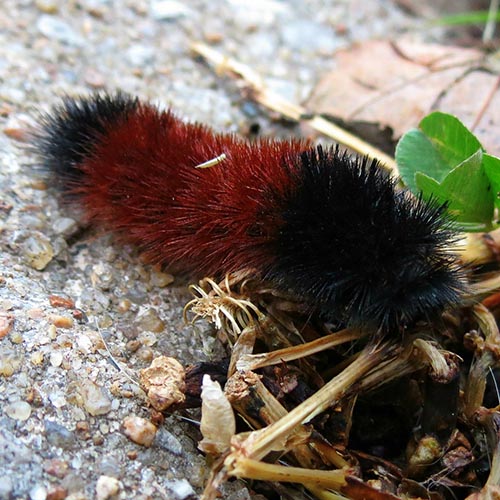
Woolly Worms or Woolly Bears: Winter Weather Forecasters?
Overview Woolly worms, also known as woolly bears, may be our most familiar and well-recognized moth caterpillar. Every fall we see them steadily marching across driveways and streets in search of a place to spend the winter. And every year, predictions are made about what the upcoming winter is going to be like based on…
-
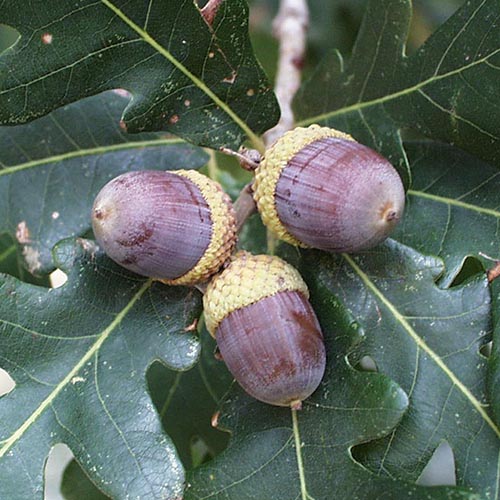
Acorns, Birds, Reptiles, Amphibians, and More: Responses to Forest Disturbances
in PodcastWhat happens when you do a shelterwood cut, conduct a prescribed burn, or have some other natural or human-made disturbance event in oak hickory forests? What happens to the acorn crop? How do different types of wildlife respond? What about the other vegetation in the woods? In this Backyard Ecology episode I talk with Dr.…
-
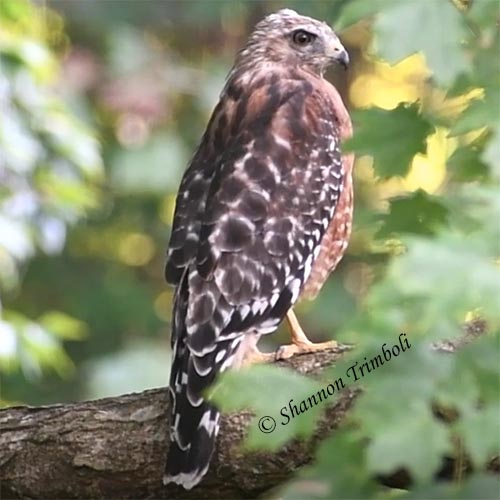
Recent Nature-related Discoveries in My Yard and Community
It’s been a while since I shared some of my nature-related discoveries with you. So, I thought it was about time to do it again, especially since I found and was able to observe so many fun and cool nature-related discoveries in August and September. Below are just a few of them. American carrion beetles…
-
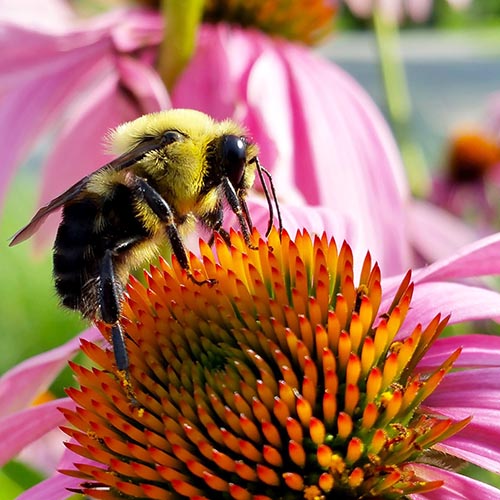
A Conversation with the Co-Hosts of the Native Plants, Healthy Planet Podcast
in PodcastSometimes it’s just fun to sit down and have a fun conversation with other people in the industry, and that’s exactly what we did in this episode of the Backyard Ecology podcast. In this episode, I talk with Fran Chismar and Tom Knezick. Fran is the Sultan of Sales for Pinelands Nursery and the co-host…
-
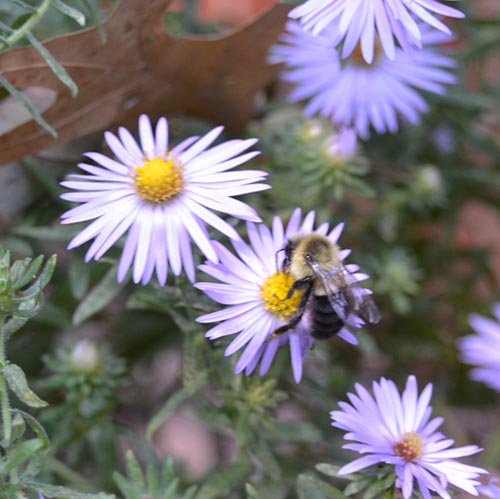
Remember the Shoulder Seasons when Planting for Pollinators
When planting for pollinators, the general advice is to have at least three different things blooming throughout the growing season. For most of the spring, this is easy because it seems like everything is in bloom and everyone has some sort of flowering plant in their yard. I could easily fill a whole book with…
-
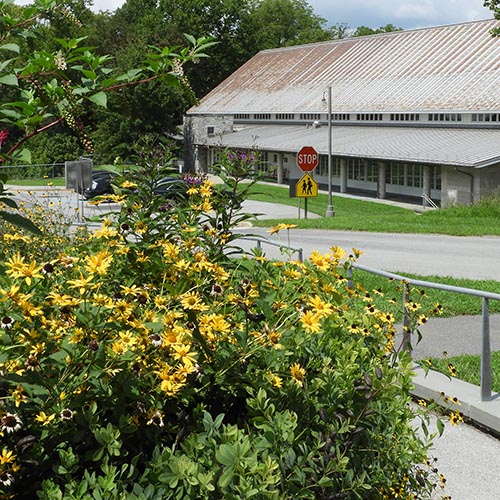
Factors that Make Pollinator Gardens More Attractive to Pollinators
in PodcastPollinator gardens have rapidly increased in popularity, but unfortunately, there hasn’t been a lot of research on the best ways to create those gardens or on how effective those gardens really are. Happily, that’s beginning to change. More and more scientists are beginning to tackle those types of questions in order to help us better…
-
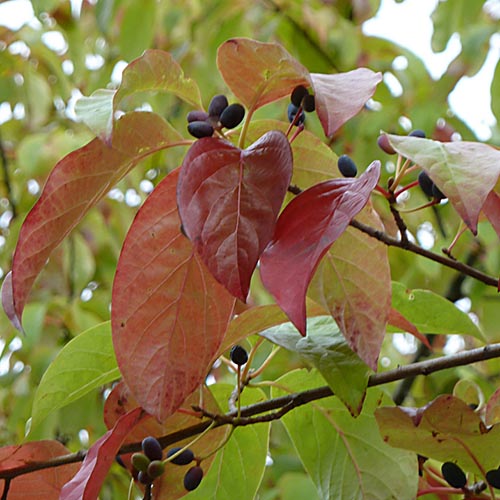
Black gum: A wonderful wildlife tree that also works well in landscaped settings
Have you ever been walking in August or September and noticed a tree with a few scattered red leaves? You may have thought “that’s weird,” because obviously it is still way too early for the leaves to be turning colors. If so, you may have been looking at a black gum. Black gum is a…
-
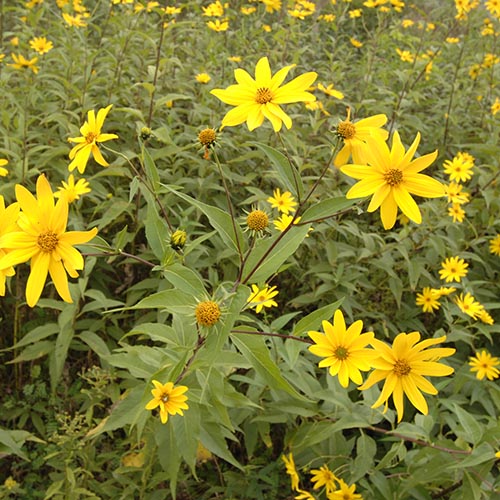
NRCS Programs for Pollinators and Wildlife
in PodcastIf you listen to the Backyard Ecology podcast, then you are likely interested in creating pollinator and/or wildlife habitat on at least part of your property. The Natural Resources Conservation Service or NRCS is a federal agency that has a number of programs which can help us do just that. Previously, NRCS programs and services…
-
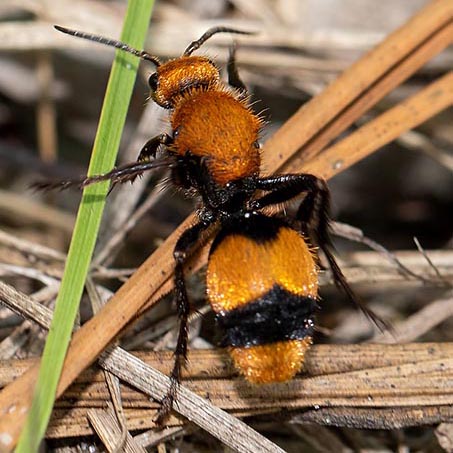
Eastern Red Velvet Ants: Doesn’t Kill Cows and Isn’t an Ant
Overview Velvet ants aren’t really ants at all, but instead are a type of wasp. There are thousands of species of velvet ants worldwide with over 400 species being found in the continental U.S. and Canada. According to the University of Florida, 50 species can be found in that state alone. The most common, or…
-
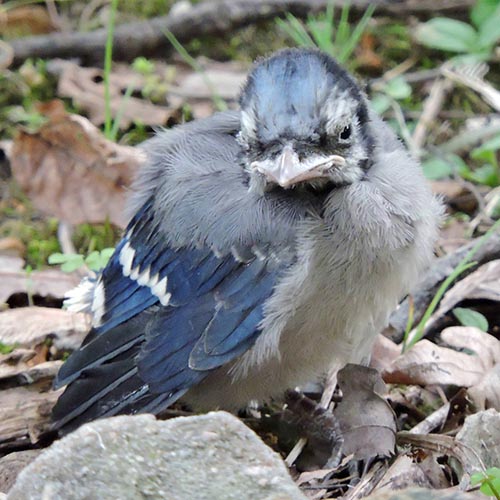
Mysterious Bird Deaths of 2021: Digging Deeper into the Bird Mortality Event
in PodcastIn the spring of 2021, reports started coming in of birds dying with weird eye and/or neurological symptoms. At first, it seemed like the bird mortality event was only in Washington, D.C., Maryland, and Virginia, but before long reports began to also come in from West Virginia, Delaware, New Jersey, Pennsylvania, Ohio, Indiana, Kentucky, Tennessee,…
-

Recent Nature-related Discoveries in My Yard and Community
June and July have been busy months filled with tons of nature-related discoveries! I missed most of our early lightning bug species, but they were insane in June and July. There were several nights when I picked out at least half a dozen different flash patterns. Each of those would have been a different species.…
-
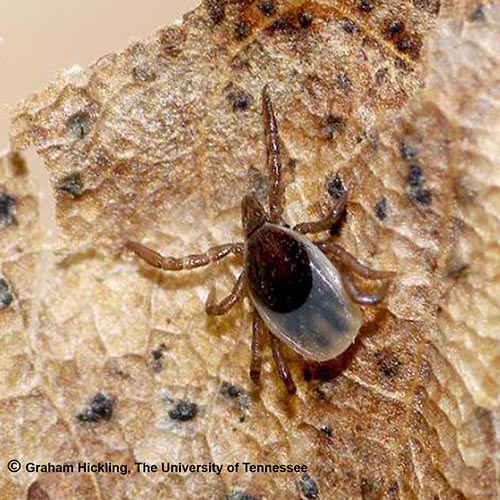
Deer Ticks and Lyme Disease: Why is Lyme disease more common in the north?
in PodcastLyme disease is our most common tick-borne disease and it is estimated that there are around 400,000 cases each year. Black-legged ticks or deer ticks (Ixodes scapularis) are the only species of tick that carries Lyme disease in the eastern U.S. Although deer ticks are found throughout the eastern U.S., Lyme disease is much more…
-
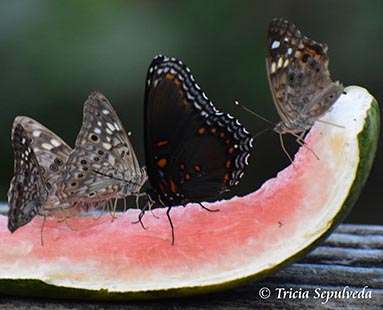
Attract Butterflies with Overripe Fruit and Melon Rinds
We always think about growing flowers when we think about attracting butterflies to our yards. Or, if we’re thinking about the bigger picture, we think about flowers and host plants so that we are feeding both the adult butterflies and their caterpillar babies. However, what many people don’t realize is that not all butterflies are…
-
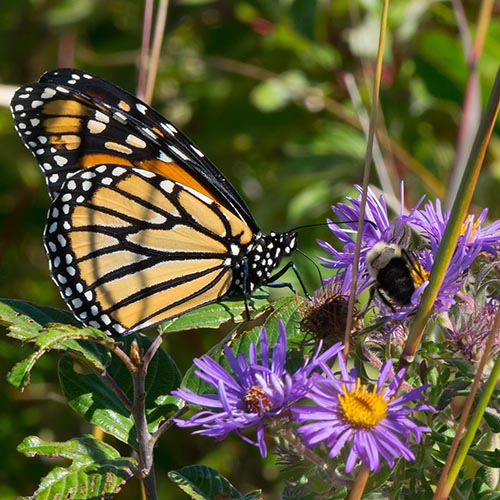
New England Aster: A Beautiful and Diverse Native Wildflower
New England aster (Symphyotrichum novae-angliae) is a late summer / early fall blooming wildflower that is native throughout most of North America. In the last decade or so, it has become a fairly common plant to include in native plant and pollinator gardens, as well as, in larger habitat restoration projects. However, it was introduced…
-
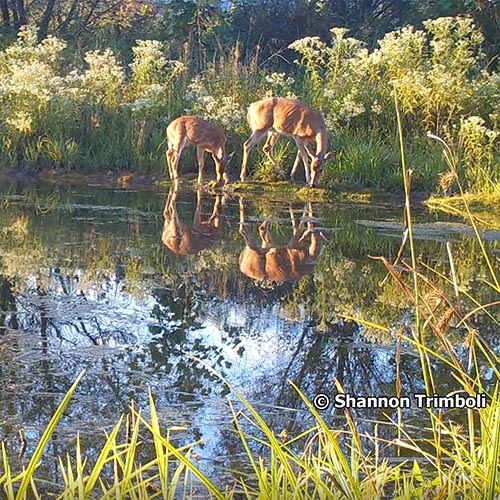
Trail cameras: A fun way to watch wildlife in your yard
in PodcastI’ve always really enjoyed looking at the pictures and watching the videos captured by the trail cameras on our property. The videos are always my favorite because you get to see more of the behaviors. Either way, retrieving the SD card from a camera is always exciting because you just never know what we are…
-
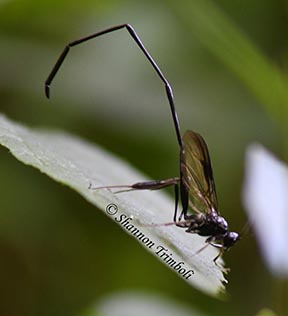
American Pelecinid Wasp: A Unique and Fascinating Critter
One day, late last summer, I decided to see how the berries were developing on the devil’s walking stick (Aralia spinosa) at the back of our property. The devil’s walking stick patch grows along the edge of the woods next to one of our fields. It was sunny, hot, and humid, so I decided to…
-
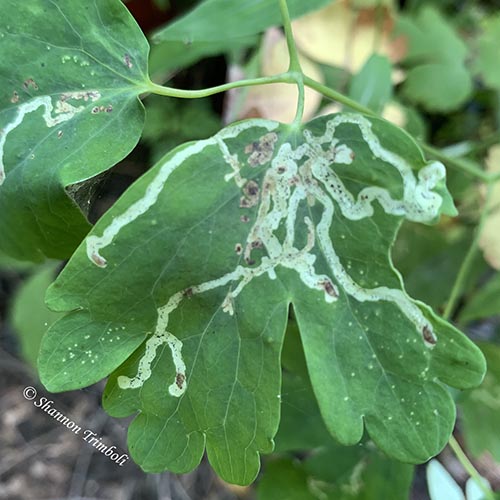
Crossover Episode with Nature’s Archive: Charley Eiseman – Naturalist, Author, Innovator, and Leaf Mining Insect Specialist
in PodcastThis episode is different from anything I’ve done before, because Michael Hawk, who hosts the Nature’s Archive podcast, and I are sharing each other’s episodes. One of the things I really like about the Nature’s Archive podcast is that in addition to the biology, Michael also digs into the stories of how his guests got…
-
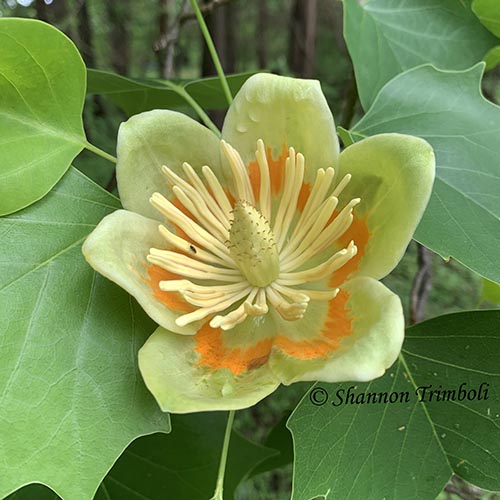
Recent Nature-related Discoveries in My Yard and Community
This has been a crazy year. The temperatures in May seemed cooler than normal to me and it was relatively dry overall. I mean, we would get a gully washer of a storm, then nothing….. until another gully washer came. We definitely didn’t seem to get the frequent, gentle May showers that I tend to…
-
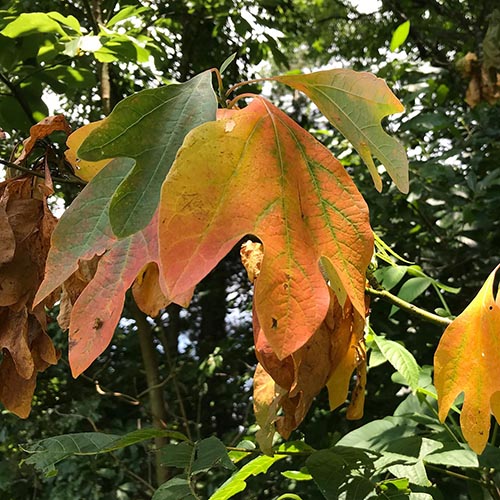
Laurel Wilt Disease: Something we all need to be aware of
in PodcastLaurel wilt disease is a disease caused by an introduced beetle and fungus. This disease is deadly to members of the Laurel family which includes redbay, sassafras, and spicebush. Laurel wilt disease also kills avocados, which aren’t native to the eastern U.S., but are in the Laurel family and are an important agricultural crop. As…
-
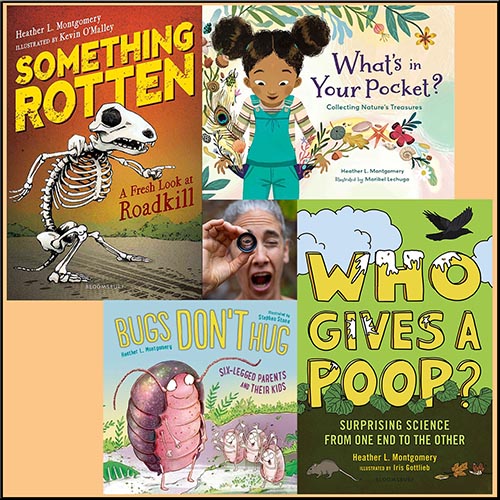
Encouraging Curiosity and Engaging Young People with Heather Montgomery
in PodcastI know from the emails and messages that I’ve received that many of you are parents, teachers, grandparents, aunts, uncles, or friends of young people. Well, this episode is for all of you. In this episode of the Backyard Ecology podcast, we talk with Heather L. Montgomery. Heather is an award-winning author, educator, and someone…
-

Important Backyard Ecology News and Changes
in PodcastThank you for joining me on this Backyard Ecology journey. I can’t believe we’re already up to episode 24 of the Backyard Ecology podcast! And the blog has been going on, in one form or another, for much longer than that. I am really looking forward to continuing on this journey with you. This week’s…
-
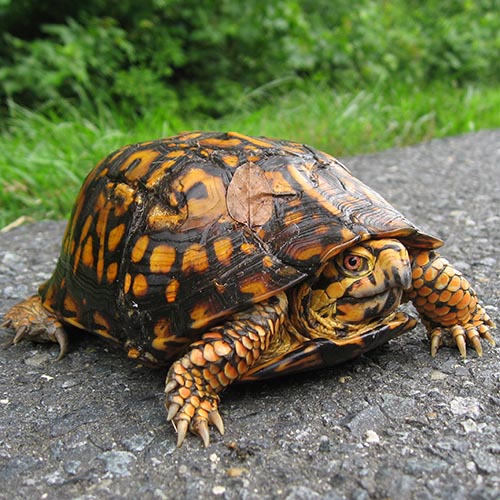
Common Box Turtles: Our Most Common Backyard Turtle Visitor
If you are in the eastern U.S. and find a turtle in your yard, there’s a good chance that it is a common box turtle (Terrapene carolina). Box turtles are also the turtle that you are most likely to stumble across out in the woods, or even on a hike through a meadow. Because common…
-
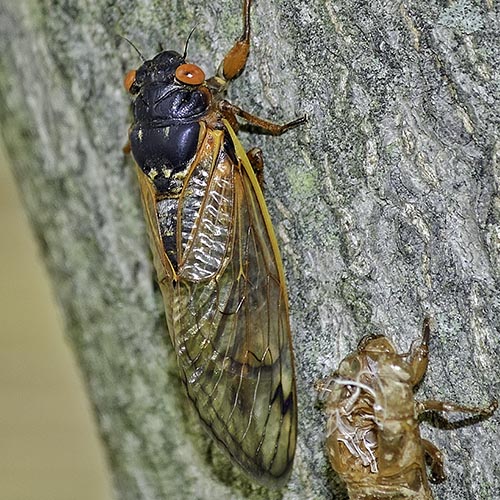
Tracking the Periodical Cicadas with Dr. Gene Kritsky
in PodcastFor many of us, the rhythmic chatter of annual cicadas is a natural part of every summer. But then… every once in a while… the trees explode in a deafening chorus of periodical cicadas. Periodical cicadas will spend over a decade as nymphs underground before emerging and maturing into adults. The adults only live a…
-

Nature-related Discoveries in My Yard and Community – April 2021
This is always such an exciting time of year. The wildflowers are blooming. The insects are appearing again. The birds are starting to sing their dawn chorus in the mornings again. And the spring warbler migration is in full swing. Things are changing almost daily. There is always some new nature-related discovery to be made.…
-
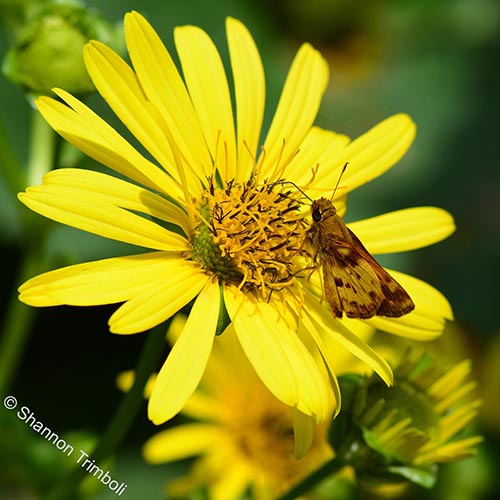
Growing Native Plants: Insights and Stories from 3 Native Plant Nurseries
in PodcastGardening with native plants has been growing in popularity. Some people want to grow native plants for plant conservation purposes or to showcase the diverse, local flora of their region. Others want to grow native plants for the benefits they provide to pollinators and wildlife. Still others are interested in native plants as sources of…
-
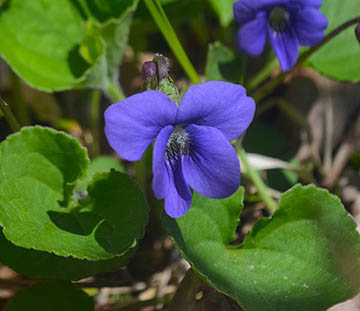
Consider a Living Green Mulch
We all have different aesthetic views. That’s part of what keeps all of our gardens interesting and makes them uniquely our own. Some of us like our beds to be very neatly maintained with expanses of wood mulch separating out each group of plants. Others like to use gravel to segregate their plantings. While still…
-
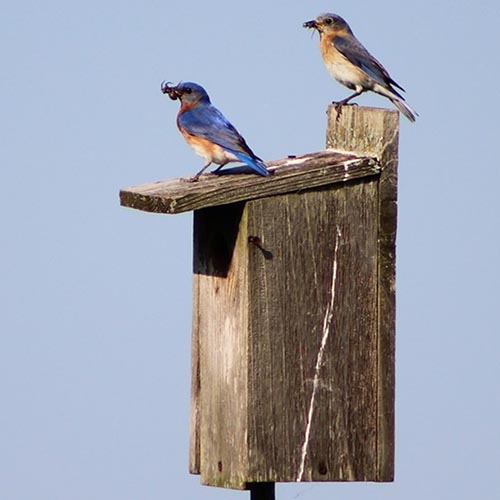
Eastern Bluebirds: Biology and Tips for Attracting
in PodcastEastern bluebirds are a conservation success story. Their numbers plummeted in the early 1900s. Then in the 1960s and 70s, consorted efforts were started to establish bluebird trails and similar programs. Growing up in the late 1970s and 1980s, I remember often hearing about the plight of the eastern bluebird and the need to put…
-
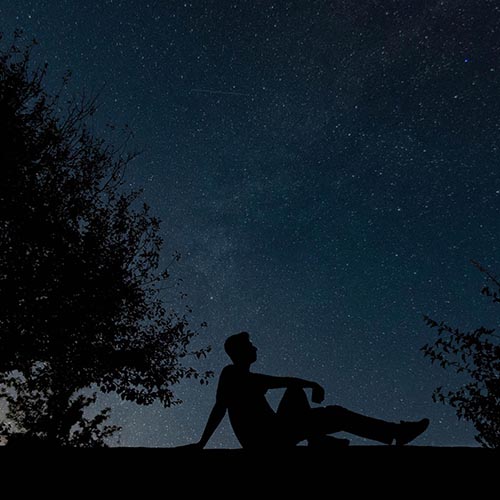
Reconnecting with the Natural World at Night
in PodcastIt is so easy to come home at the end of a long day, eat supper, and then just sink into the couch to veg out for a bit or keep ourselves busy with household activities that need to be done. I’ll be honest, I’m as guilty as the next person of falling into that…
-
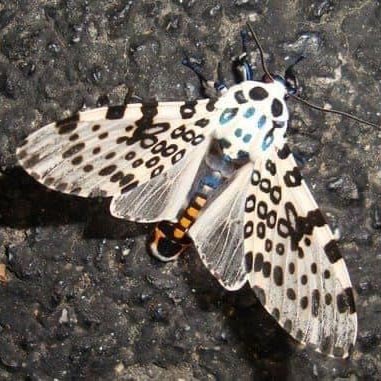
Giant Leopard Moth: Cousins of the Much-Loved Wooly Worm
The giant leopard moth (Hypercompe scribonia) can be found throughout most of the eastern United States. It is a beautiful moth that is fairly easy to observe. Giant leopard moths also have some surprising characteristics that make them fun to learn about. What does it look like? Adult Adults are medium sized moths. The males…
-
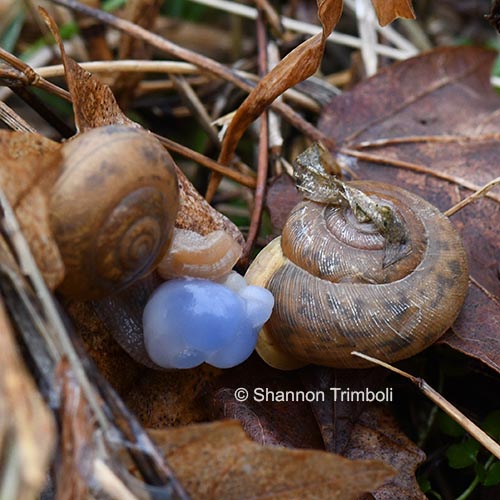
Nature-related Discoveries in My Yard and Community – March 2021
After a crazy February and early March, spring has finally sprung! The red maples and elms bloomed at the beginning of the month. Now, the spicebushes are in full bloom and the early spring ephemeral wildflowers are starting to dot the woods. Not to mention the spring peepers are calling and I heard my first…
-
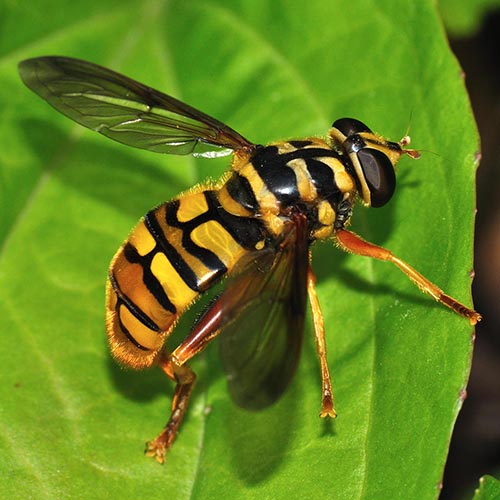
Flower Flies or Hover Flies: Bee Mimic Extraordinaires
in PodcastFlower flies, a.k.a. hover flies, are common garden visitors, but they are often overlooked. The reason they are so often overlooked is because they are extraordinary mimics, usually of bees or wasps. Their mimicry is so good, that flower flies are often mistakenly identified as bees in social media posts, magazine articles, newsletters, and sometimes…
-
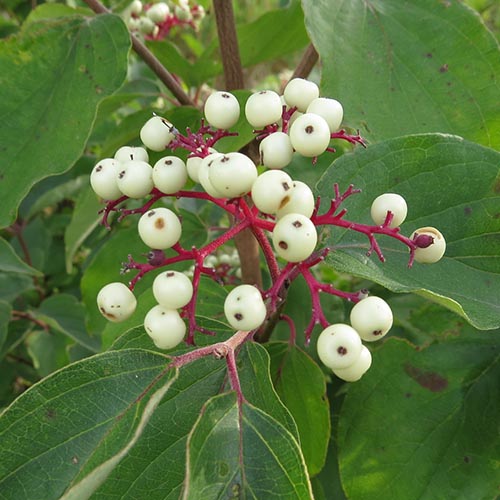
Attract Songbirds by Planting Native Trees and Shrubs that Produce Berries
Planting native trees and shrubs that produce berries is a great way to attract songbirds to your yard. Many of our songbirds rely on berries and other berry-like fruits for at least part of their diet. Some of our migratory songbirds, like gray catbirds, consume a significant amount of fruit, especially during their fall migration.…
-
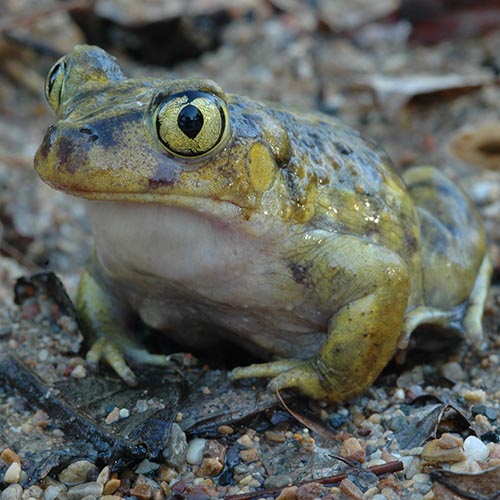
The Fascinating World of Frogs and Toads in the Eastern U.S.
in PodcastFrogs and toads are so much fun to observe and learn about. In the eastern U.S. we are lucky because we have enough water that they can be found virtually anywhere. Some species may be very specific in their habitat needs, but others are fairly general and can be found in urban areas as well…
-
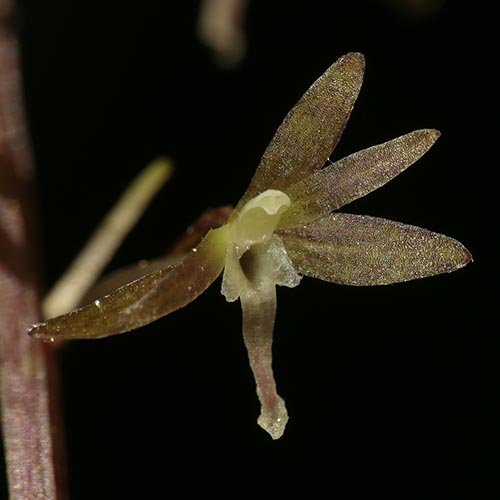
Cranefly Orchid: A cryptic native orchid
Take a walk in the woods in the late winter or early spring and you may find a single, green, oval leaf lying among the fallen tree leaves. I often find single leaves scattered here and there, but you can occasionally find small patches. The leaves are around 3 inches in length and kind of…
-
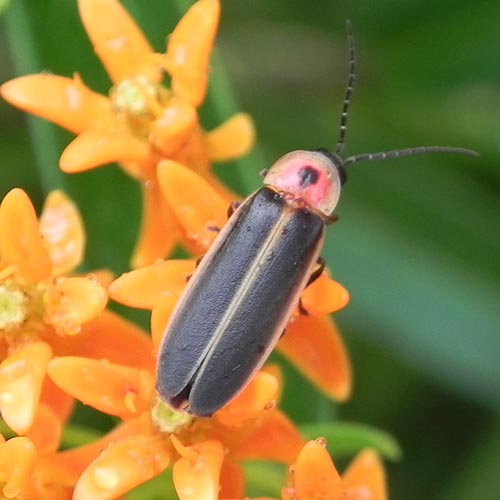
Lightning bugs and Fireflies – A conversation with Lynn Faust, Part 2
in PodcastThis week’s episode of the Backyard Ecology podcast is the conclusion of our conversation with Lynn Faust. Lynn is the author of Fireflies, Glow-worms, and Lightning Bugs: Identification and Natural History of the Fireflies of the Eastern and Central United States and Canada. In this episode, we continue to just geek out about lightning bugs.…
-
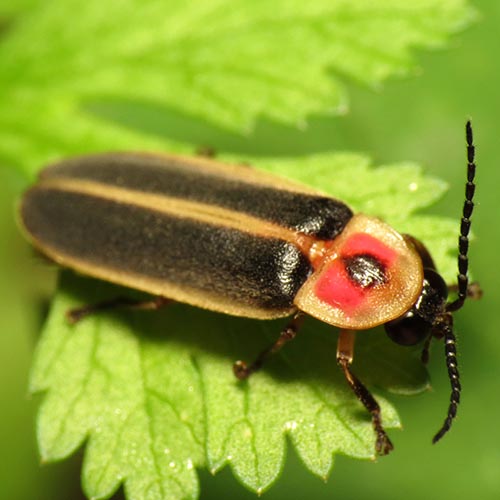
Lightning bugs and Fireflies: A conversation with Lynn Faust, Part 1
in PodcastFor many of us in the eastern U.S., warm spring and summer nights are characterized by the methodical flashing of fireflies and lightning bugs. Fireflies and lightning bugs are exactly the same thing. I grew up calling them “lightning bugs,” but somewhere along the line picked up the term “firefly.” Now I use both terms…
-
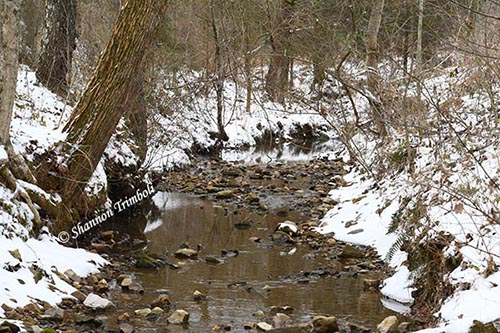
Nature-related Discoveries in My Yard and Community – February 2021
Wow! February went just a wee bit crazy, didn’t it? Within about a week and a half to two weeks we had three different winter storms. (For friends and family living further north, that’s a lot of wintery weather in a short time for us.) That was after a relatively mild January. The snow doesn’t…
-
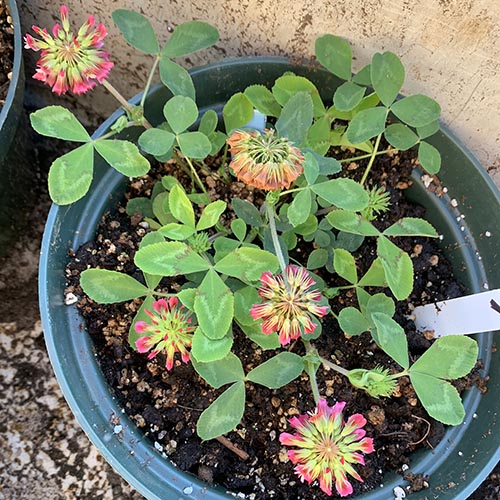
Clovers! Native Clover Conservation, Clover Yards, and More
in PodcastClovers are often suggested for lawn alternatives or for incorporating into our yards to make them more pollinator friendly. Clovers can also play important roles in agriculture either in grazing systems or as cover crops in row cropping systems. In addition, they are a favorite of deer and rabbits. However, most (if not all) of…
-
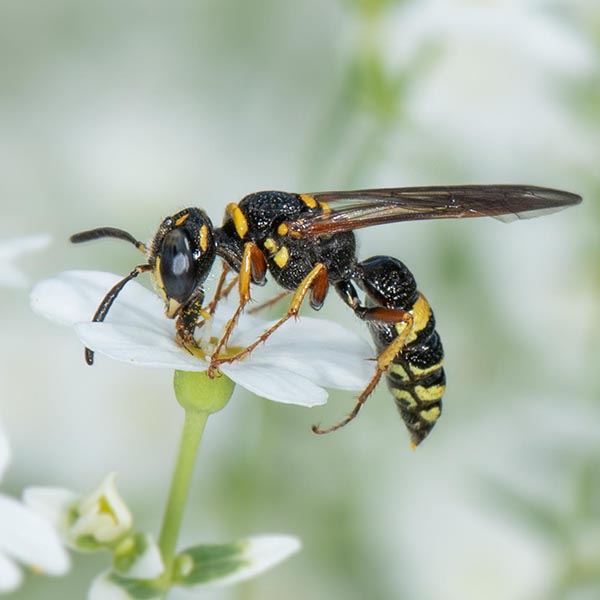
Wasps: Victims of an Often Undeserved Reputation
in PodcastLike many people, I grew up with a healthy…. apprehension (ok, fear) of wasps. And, of course, I’ve seen all the memes on social media vilifying wasps and calling them names that I’m not going to repeat on this podcast. But, those fears and concerns are mostly unfounded and misplaced. Wasps generally aren’t going to…
-
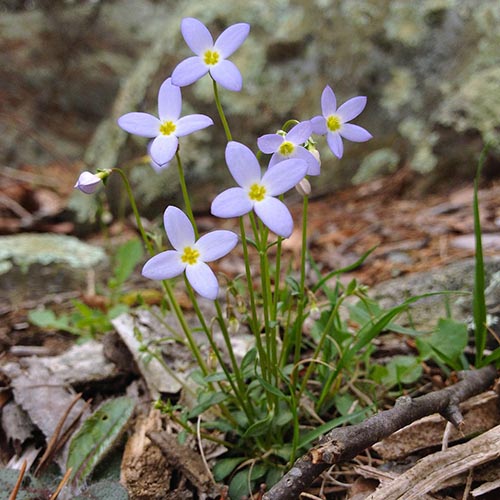
Common Bluets: Delicate Blue Flowers of Spring
Common bluets, a.k.a. Quaker ladies or azure bluets, (Houstonia caerulea) are tiny, blue wildflowers that are native throughout most of eastern North America. There are several other species of bluets that also grow within parts of eastern North America, but common bluet is arguably the most widespread and common species overall. Common bluets grow naturally…
-
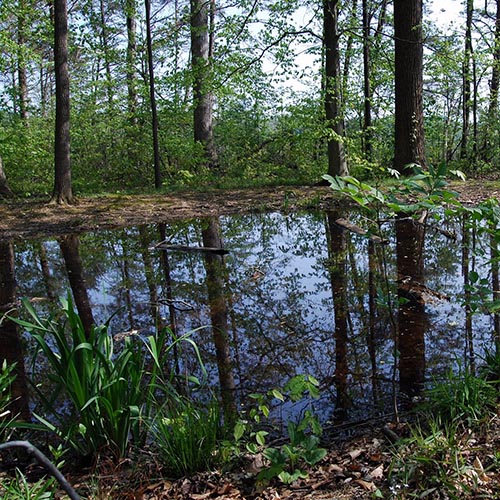
More than a Mud Puddle: The Exciting World of Vernal Pools
in PodcastVernal pools are a special type of shallow wetlands that fill with snow melt and rain in late fall through early spring, then dry up sometime during the summer. Because they dry up, they are sometimes overlooked or dismissed as “not very good wetlands.” However, they serve an important role in the ecosystem and can…
-
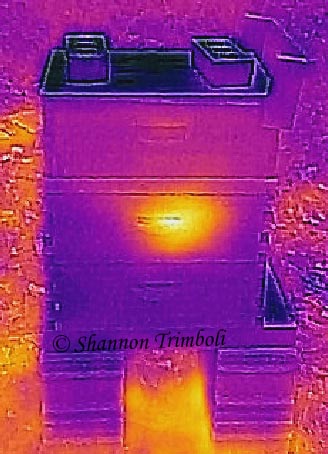
Honey Bees and Native Bees in the Winter
Growing up in Kentucky, I commonly heard the phrase “If you don’t like the weather, wait 5 minutes and it will change.” As an adult, I learned that just about every state surrounding us has the same saying. The same thing is probably true for much of the rest of the eastern U.S. This is…
-
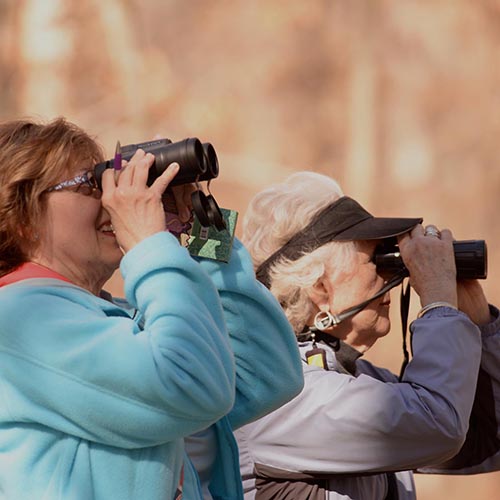
The Great Backyard Bird Count
in PodcastThe Great Backyard Bird Count is an annual citizen science / community science project hosted by the Cornell Lab of Ornithology, Audubon, and Birds Canada. This international project takes place all over the world for four days every February. In 2021, it will happen February 12-15. In today’s episode of the Backyard Ecology podcast, we…
-
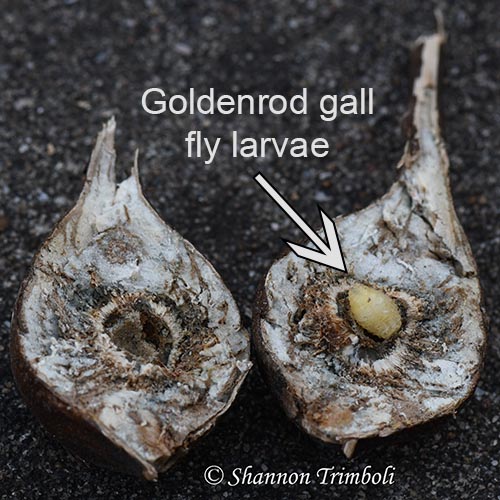
Nature-related Discoveries in My Yard and Community – January 2021
As I write this, I’m looking out my window and watching the farm turn white. We’ve really only had one other snowfall this winter that produced any accumulation and that only lasted for a couple of hours. This one will likely last longer, but I don’t expect it to get too bad. I have lots…
-
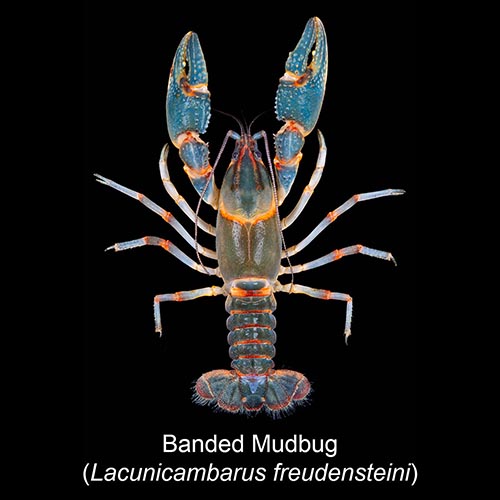
The Valuable Ecological Roles of Crayfish and the Discovery of Two New Species
in PodcastWe’re lucky in the eastern U.S. because bodies of water are pretty common. For most of us, if we don’t have access to a creek, stream, river, pond, etc. in our immediate backyards, then we likely have access somewhere nearby in the surrounding community. This means it can be relatively easy for us to explore…
-
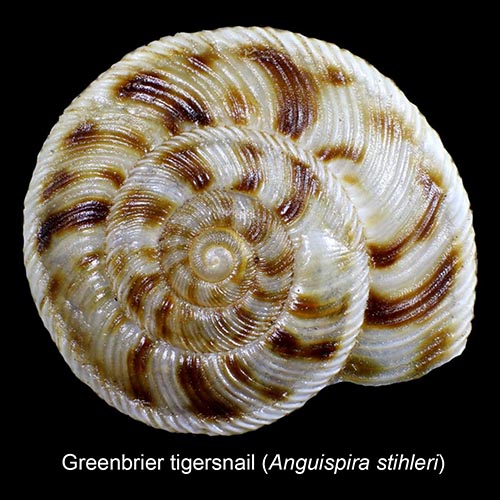
Land Snails and their Amazing Diversity
in PodcastLand snails???? Come on, how do they fit with Backyard Ecology? True, land snails aren’t the most charismatic organism in our yards and communities, so it would be easy to just write them off and ignore them. Most of us probably do that on a regular basis. But, land snails are extremely important to our…
-
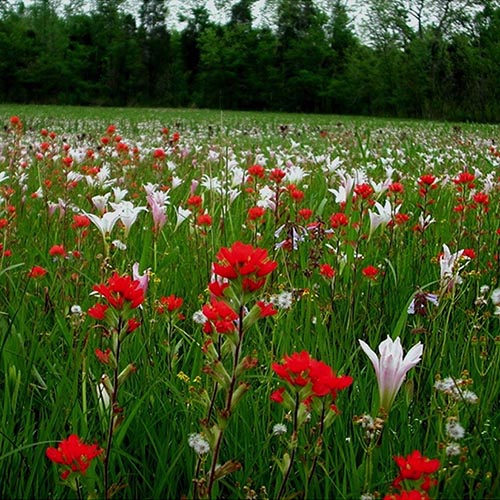
Conserving our Southeastern Grasslands with Dwayne Estes
in PodcastMany of us grew up hearing about the decline of the old growth forests and their impacts on neotropical songbirds and other wildlife. I think this was especially true for those of us who grew up here in the eastern U.S. However, the story that hasn’t been told as well is that of the southeastern…
-
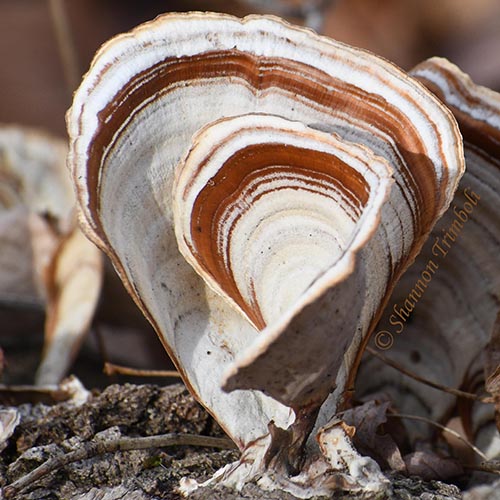
Nature-related Discoveries in My Yard and Community – December 2020
I hope everyone had a good a holiday season and start of the new year. December was kind of a difficult month for me this year – lots of personal stuff going on. But I was still able to get outside some and enjoy the nature around me. Here are some of the fun nature-related…
-
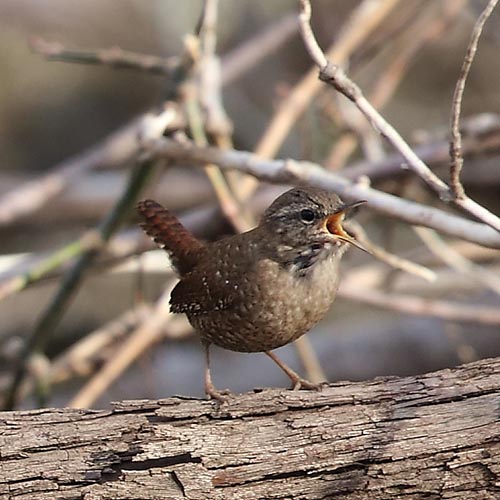
Winter Wren: One of our “other” wrens
When we hear the word “wren,” many of us picture the Carolina wren because it is found year-round throughout most of the eastern U.S. and is such a vocal and animated bird. However, the Carolina wren isn’t our only wren. Besides the Carolina wren, we have four other species of wrens in the eastern half…
-
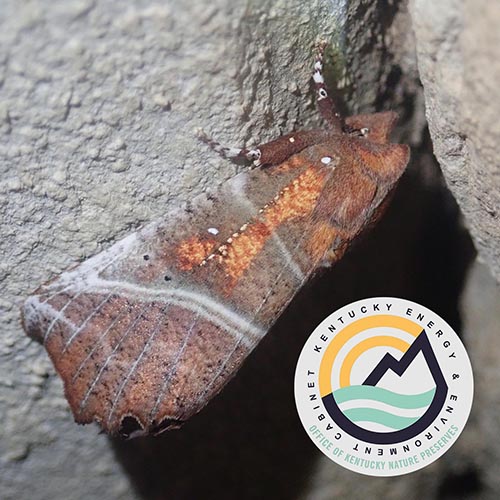
Moths in the Winter with Shelby Fulton
in PodcastHi, Everyone! In today’s episode of the Backyard Ecology podcast we are talking with Shelby Fulton who is a terrestrial biologist with the Kentucky Nature Preserves. Our conversation focuses on moths and how they survive the winter. We also talk about how diverse moths are and ways to observe them during the winter. The number…
-
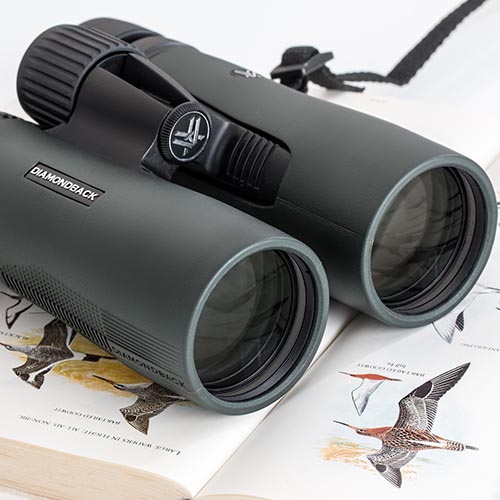
The Christmas Bird Count – Over 100 Years of Community Science
in Take ActionFor tens of thousands of people, the hustle and bustle of holiday activities also includes participating in an event that has been happening for well over a century – the Christmas Bird Count. This tradition started in North America in 1900. Since then, it has grown tremendously and has resulted in a priceless treasure trove…
-
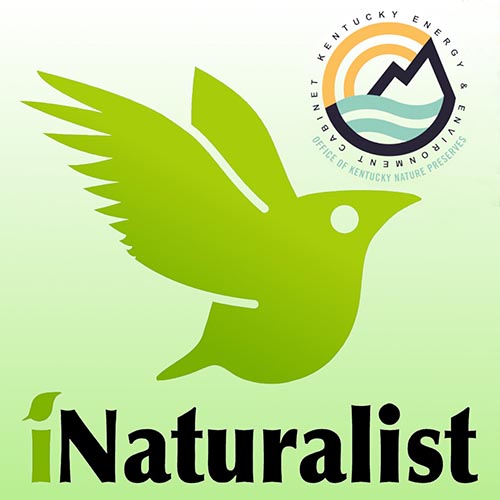
An Introduction to iNaturalist with Maddy Heredia
in PodcastHi Everyone! On today’s episode of Backyard Ecology, we talk with Maddy Heredia who is the outreach specialist and a biologist with the Kentucky Nature Preserves. Maddy and I first met when she was in college and volunteered on a citizen science / community science program that I was leading. Today we turned things around…
-
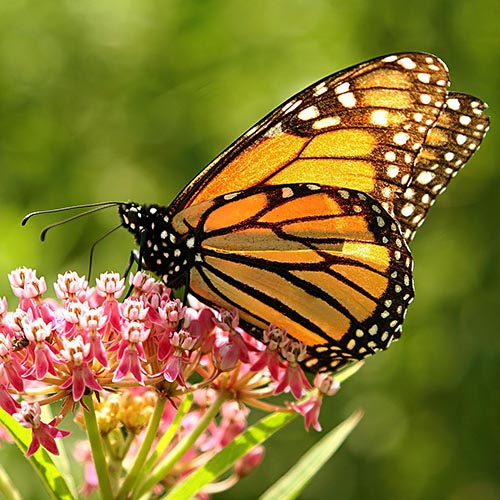
Milkweeds in Urban and Suburban Monarch Waystations with Dr. Adam Baker
in PodcastHi Everyone! Today we are talking with Dr. Adam Baker who recently completed his PhD studying monarch butterflies and their use of monarch waystations in urban and suburban areas. His research has led to some important and easily applied strategies that any of us can use in our gardens. First, Adam looked at existing monarch…
-
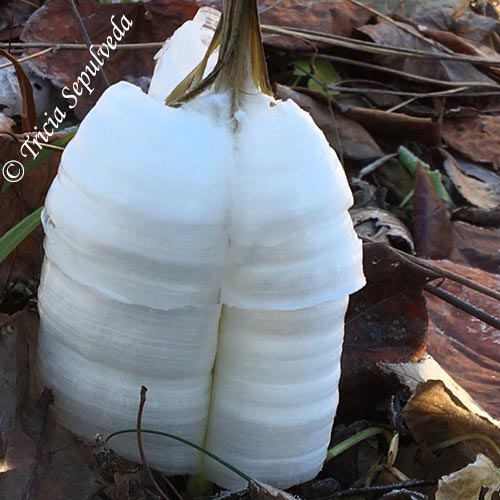
Nature-related Discoveries in My Yard and Community – November 2020
This has been a weird November. Whether it was a beautiful bright blue sky highlighting the last of the fall leaves on a warm day at the beginning of the month or an end of the month snow shower, I’ve enjoyed getting out and making little nature-related discoveries in my yard and nearby community. This…
-
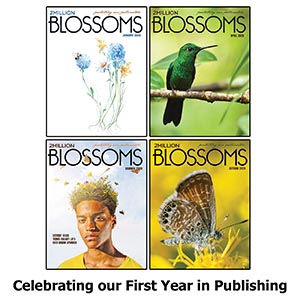
2 Million Blossoms and Dr. Kirsten Traynor
in PodcastHi Everyone! On today’s episode of Backyard Ecology we talk with Dr. Kirsten Traynor, a research associate at Arizona State University and the editor of 2 Million Blossoms, a quarterly magazine dedicated to protecting our pollinators. Our conversation takes a curvy, twisty path that covers multiple different topics including what led her to start the…
-
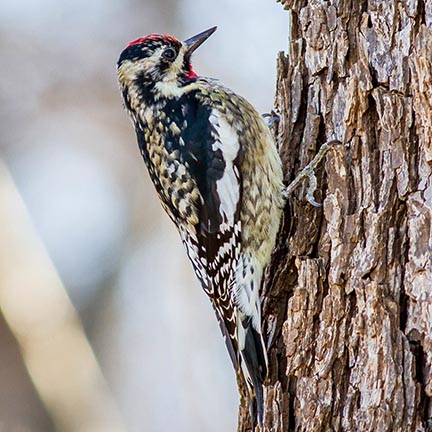
Yellow-bellied sapsucker – The only migratory woodpecker in the Eastern U.S.
Yellow-bellied sapsuckers (Sphyrapicus varius) are a unique species of woodpecker. At some point during the year, they can be found throughout most of Canada and the eastern half of the U.S. However, unlike our other woodpeckers, the yellow-bellied sapsucker is migratory with distinct summer and winter ranges. They also have a unique feeding style. Despite…
-
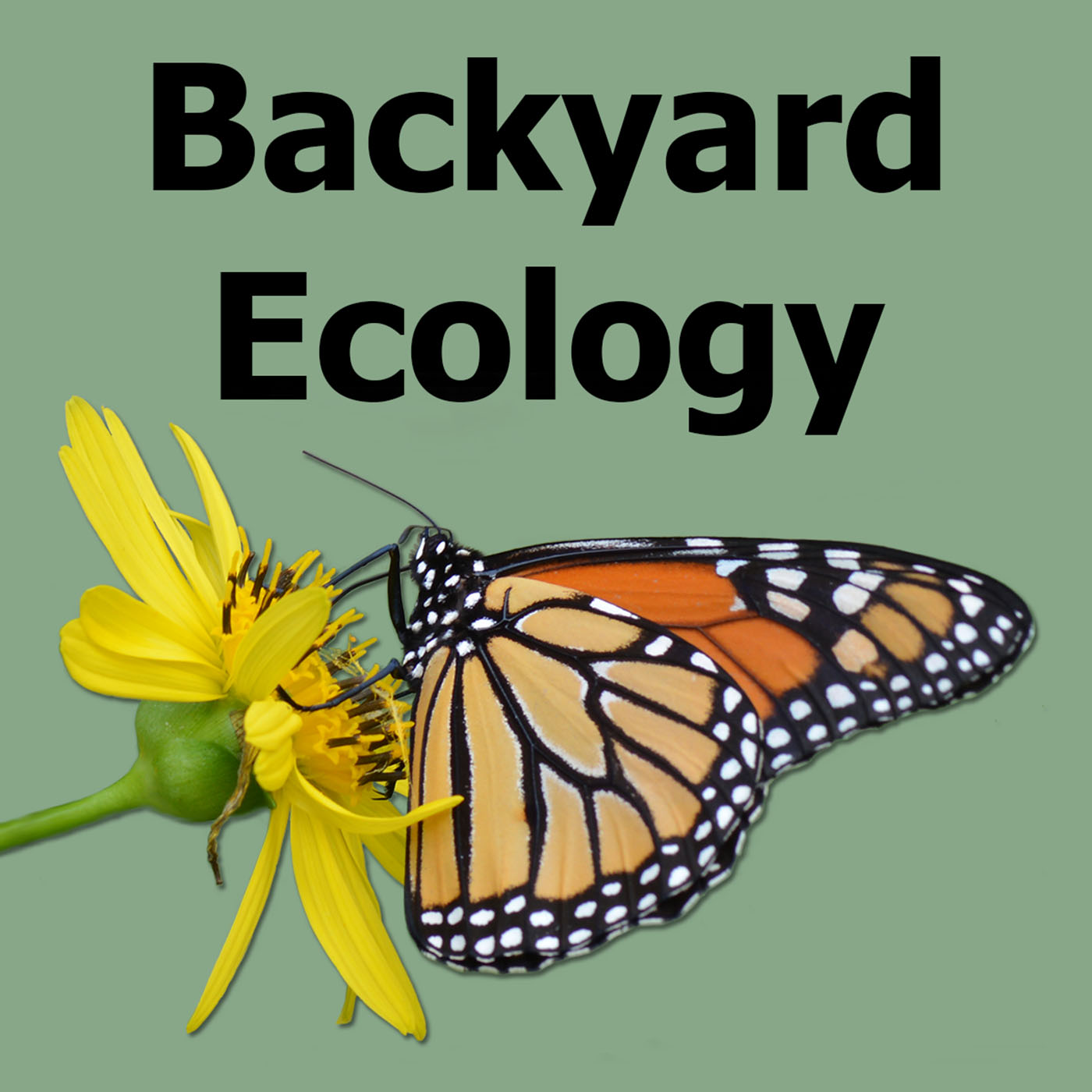
Announcing the Backyard Ecology Podcast
Over the last few months, I’ve been researching and working on a new project. Today I’m super excited to announce that I am launching a Backyard Ecology podcast! For those who might be wondering, a podcast is kind of like an audio version of a blog. I started listening to podcasts about a year and…
-
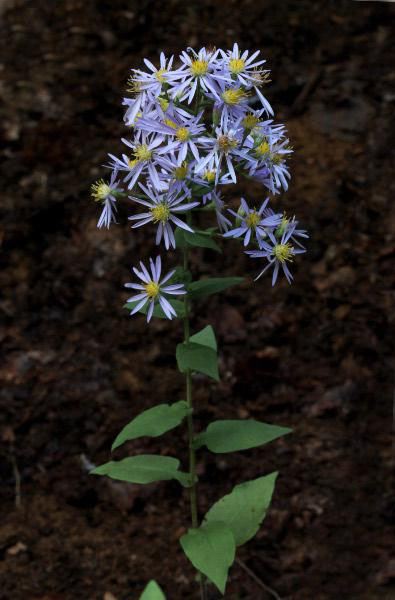
Wavy leaf aster – A late feast for pollinators
The wavy leaf aster (Symphyotrichum undulatum) is a late blooming wildflower that is native to most of the eastern U.S. It is fairly common throughout much of its range and can be found growing wild in dry, open woods and along woods edges. Like many of our other asters, wavy leaf aster can also make…
-
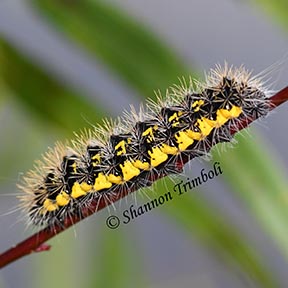
Nature-related Discoveries in My Yard and Community – October 2020
Fall is my favorite time of year. I love the cooler, less humid weather, the distinctive fall smell in the early morning, the beautiful fall flowers, the busy actions of the butterflies and bees as they prepare for whatever winter looks like for them, and the transition from our summer bird species to our winter…
-
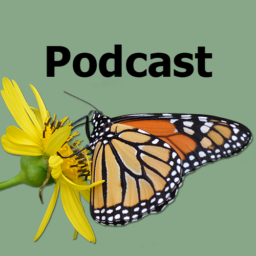
Introducing the Backyard Ecology podcast
in PodcastMany people believe that nature is only “out there” – in national parks, other large chunks of pristine land, or some far-off exotic place. For a long time, I did too. But the truth is that nature is everywhere and there are still plenty of discoveries to be made about the common species inhabiting our…
-
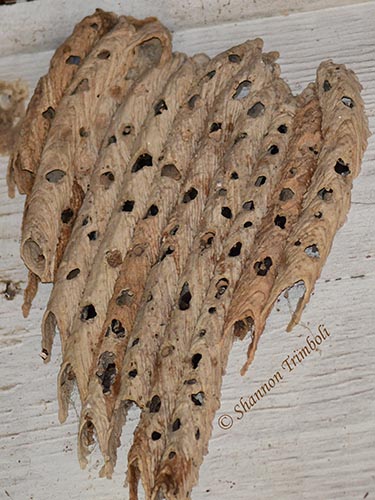
Let Birds Take Care of Mud Dauber Nests
Carolina wrens, woodpeckers, and many of our familiar backyard birds are insect eaters. As you might imagine, insects and other bugs become much more difficult to find during the winter. In natural areas, some of the places that they may forage for bugs over the winter include under tree bark, in the leaf litter, and…
-
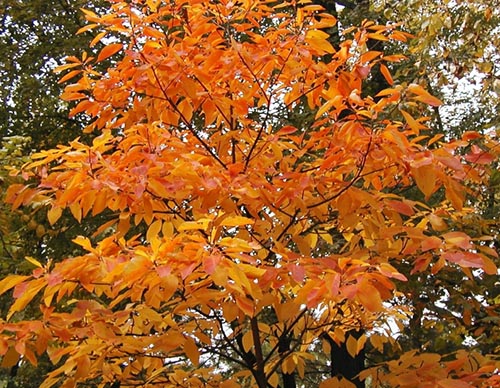
Sassafras – A Beautiful Native Tree Used by Wildlife and Humans
Sassafras (Sassafras albidum) is native to most of the eastern U.S. It is commonly found growing in fencerows, along the edges of woods, along roads or other right-of-ways, in forest openings, and in other sunny to mostly sunny locations. In more mature forests, small sassafras saplings can often be found waiting for a canopy opening…
-
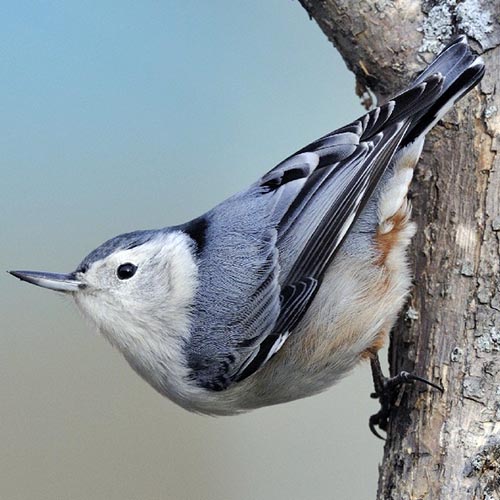
White-breasted Nuthatch: Our most common and widespread nuthatch
In the eastern U.S., we have three species of nuthatch. The most common and widespread species is the white-breasted nuthatch (Sitta carolinensis). In fact, the white-breasted nuthatch is a year-round resident throughout most of the U.S. It can be found in forests, along the edges of woodlots, and in suburbs and urban areas with large…
-
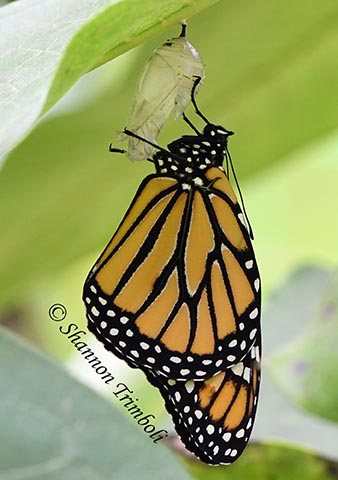
Nature-related Discoveries in My Backyard and Community – September 2020
Over the past several weeks, I’ve been lucky enough to find some amazing critters and enjoy some beautiful wildflowers. In this week’s article, I just wanted to share some of the recent nature-related discoveries I made in my backyard and community. This weird looking wasp is an American pelecinid wasp (Pelecinus polyturator). I discovered it…
-

Welcome to the Backyard Ecology Blog
Many people believe that nature is only “out there” – in national parks, other large chunks of pristine land, or some far-off exotic place. For a long time, I did too. But the truth is that nature is everywhere and there are still plenty of discoveries to be made about the common species inhabiting our…
-
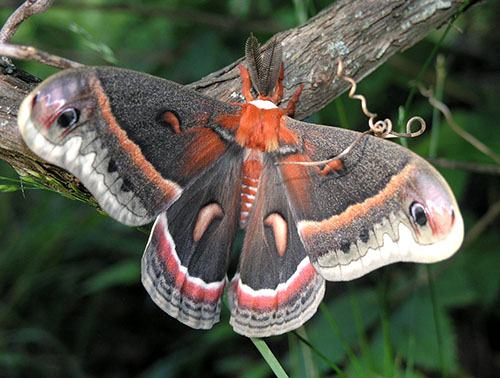
Try Mothing – Attracting and observing moths
While moths are often thought of as being drab and boring, they actually come in a wide range of colors and sizes. Some moths have pink and yellow stripes, others are snow white with black spots, others are pale green, others are yellow with giant orange eye spots, others are brown and red, and the…
-
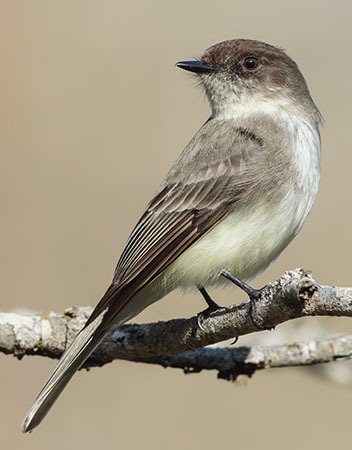
Eastern Phoebe
The eastern phoebe (Sayornis phoebe) is the flycatcher most likely to visit our yards. Eastern phoebes are grey to greyish-brown on top and a dirty white underneath. They are smaller than a robin, have a black bill, and often look like they have a crest or mohawk on top of their heads. Eastern phoebes can…
-
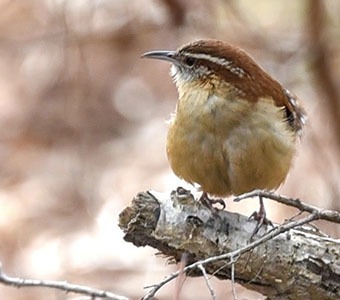
Create a Brush Pile
Brush piles can provide important habitat for songbirds, lizards, snakes, rabbits, and other small mammals. While brush piles are sometimes thought of as “ugly,” they don’t have to be. There are some beautiful, native flowering vines which can be encouraged to grow over the brush pile. The flowering vines are also likely to attract pollinators,…
-
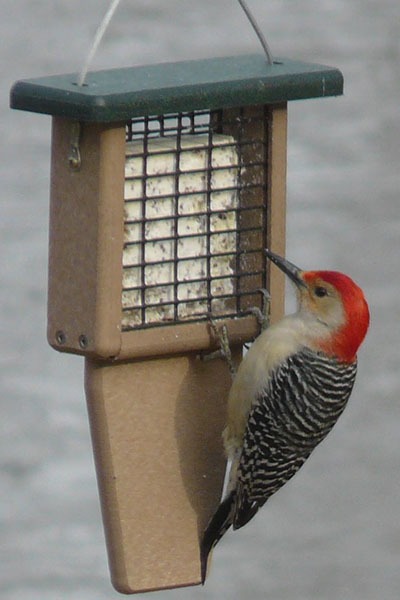
Provide Suet for Winter Birds
When we think about feeding the birds, we often envision bird feeders full of sunflower seeds or other types of bird seed. However during the winter, suet can also be a valuable addition to our bird feeding stations. Technically, suet is the hard fat that cows and sheep have around their kidneys and loins. This…
-
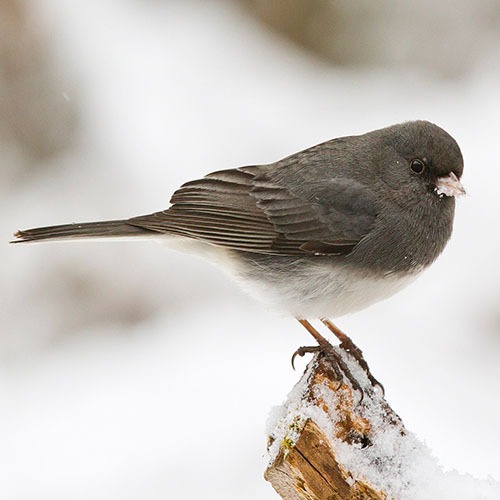
Dark-eyed Junco
The winter birds have started showing up over the last several weeks and among them are the dark-eyed juncos (Junco hyemalis). Dark-eyed juncos are in the sparrow family and can be found throughout most of North America. Like other sparrows, dark-eyed juncos are typically found in semi-open, brushy areas and along woods edges. Dark-eyed juncos…
-
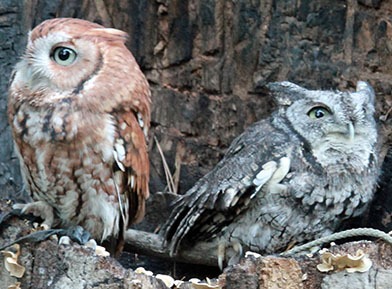
Eastern Screech Owl
The eastern screech owl (Megascops asio) can be found in forested areas east of the Rocky Mountains. It is one of our smaller owls – only about as long as a cardinal from the tip of its head to the tip of its tail, although the screech owl is much stockier than the cardinal. There…
-
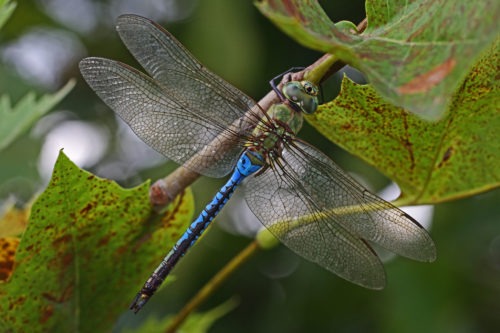
Green Darner Dragonfly: A Migratory Dragonfly
Dragonflies of various different species are common visitors to flower gardens and patches of tall grass, especially if there is water nearby. (When resting, dragonflies always hold their wings flat and perpendicular to their bodies; damselflies always hold their wings straight up behind them.) One of our largest and most common dragonfly species is the…
-
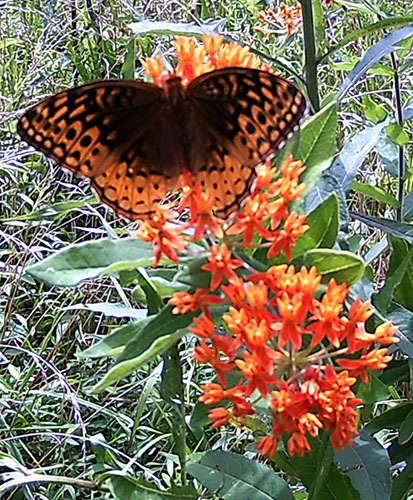
Trail cameras for Pollinators
in Take ActionIn previous articles, I’ve talked about various ways to attract pollinators and wildlife. However, part of the fun of attracting them is getting to watch them, and not all of our pollinators and wildlife will tolerate having a human observer nearby. So this week I’ve invited Charlie Logsdon, a biologist at Roundstone Native Seed, to…
-
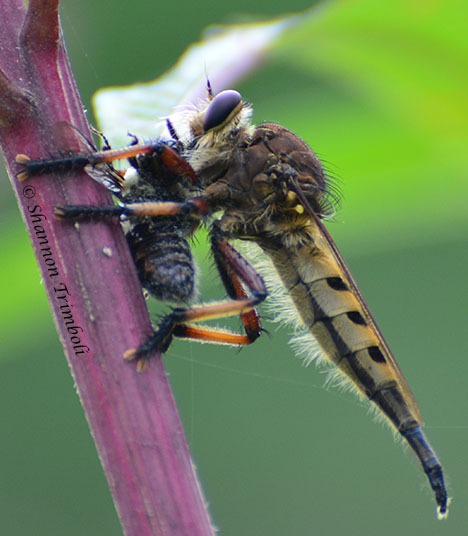
Robber Flies
Our gardens and yards can hold rich ecosystems with both predators and prey. One group of those predators are the robber flies. Robber flies are in the family Asilidae and can be found throughout the most of the world. Several different types of robber flies can be found in Kentucky. They are most common in…
-
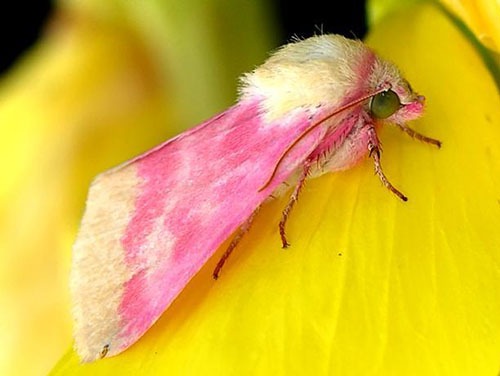
Plant Flowers that Open at Different Times of the Day
When a flower opens, or at least when it produces nectar, is often timed with when its natural pollinators are active. For example, squash flowers open very early in the day and close by the middle of the day. That is because the native pollinator for squash, pumpkins, and gourds is the squash bee which…
-
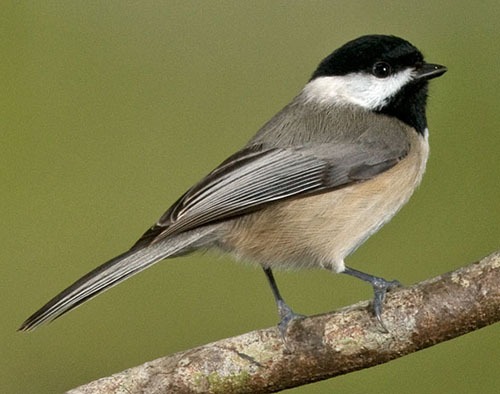
Carolina Chickadee
Carolina chickadees (Poecile carolinensis) are small, inquisitive, and vocal songbirds with black, grey, and white feathers. They are non-migratory and can be found throughout the southeastern U.S in areas with mature woods, including older subdivisions and wooded urban areas. Despite their small size, Carolina chickadees are relatively fearless and are one of the species of…
-
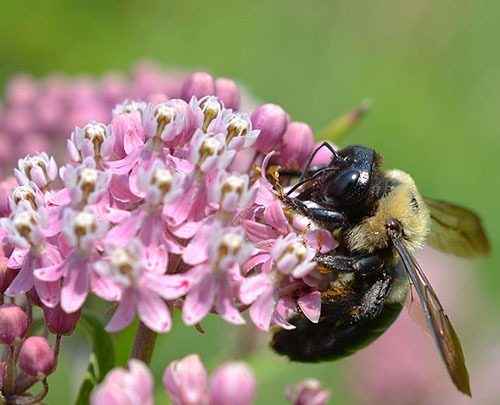
Pine for Carpenter Bees
in Take ActionOk, this tip isn’t so much about attracting pollinators and backyard wildlife as it is about avoiding or mitigating issues. Carpenter bees are valuable native pollinators that play an important role in our ecosystem. However, it can be hard to remember and appreciate that when they are drilling holes into your porch or the side…
-
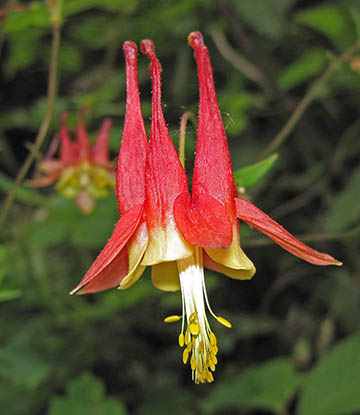
Eastern Columbine
The eastern columbine (Aquilegia canadensis) is a perennial wildflower native to much of the eastern U.S. It often grows in rocky or sandy soils and in open woods. Columbines are perennials, but will also readily self-seed if the conditions are favorable. Their self-seeding ability means that they will often form clumps or loose drifts of…
-
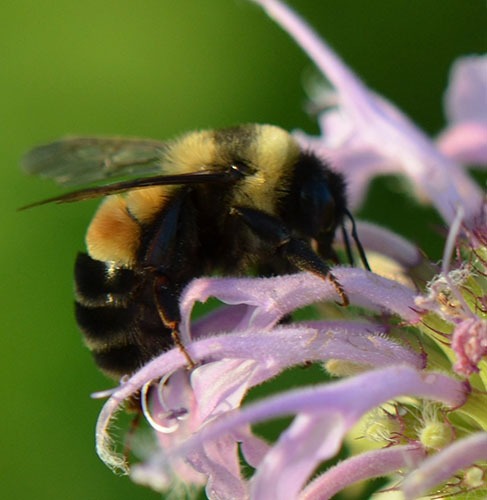
Bumble Bees
There are approximately 250 species of bumble bees worldwide with approximately 50 of those being native to North America. According to Bumble Bees of the Eastern United States, 21 species occur from the east coast to the western boundaries of Minnesota, Iowa, Missouri, Arkansas, and Louisiana. Based on their maps, approximately a dozen of those…
-
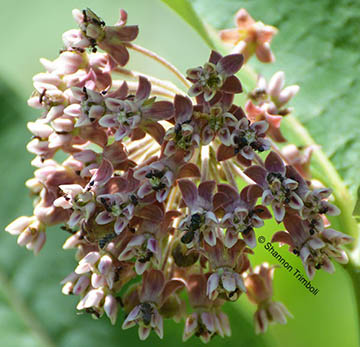
Not All Flower Visitors are Pollinators
We often think of all bees, butterflies, and other insect visitors to flowers as pollinators, especially if we see them actively gathering pollen or drinking nectar. However, that’s not actually true. Not everything that visits a flower is a pollinator for that species of flower. Pollinators are animals (usually insects in the eastern U.S.) that…
-
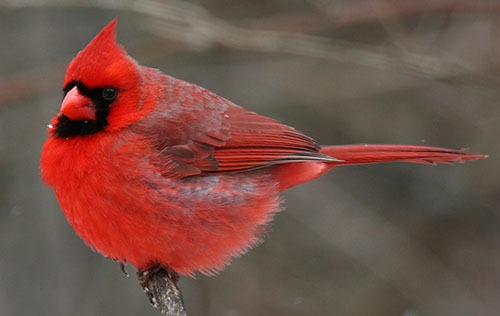
Northern Cardinal
Northern cardinals (Cardinalis cardinalis), often simply called “cardinals,” are a favorite backyard visitor for many people. Cardinals can be found throughout most of the eastern half of North America. It is the state bird for seven different states (IL, IN, KY, NC, OH, VA, WV), making it the most common species selected as a state…
-

3 Ways to Turn Christmas Trees into Wildlife Habitat
This is the time of year when Christmas trees seem to be everywhere. After the Christmas season, many of those trees are hauled out to the curb to be hauled to the landfill. However, did you know that if you have a real Christmas tree that you can use it to create wildlife or fish…
-
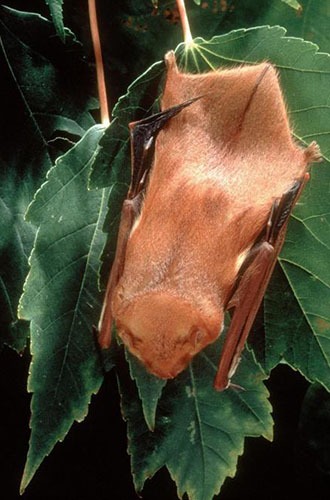
Red Bat
The eastern red bat (Lasiurus borealis) is a common bat throughout much of the eastern U.S. It is one of our larger bats at approximately 4-5 inches long. The wingspan of a red bat is between 11 and 13 inches or approximately twice the length of a dollar bill. As their name suggests, they are…
-
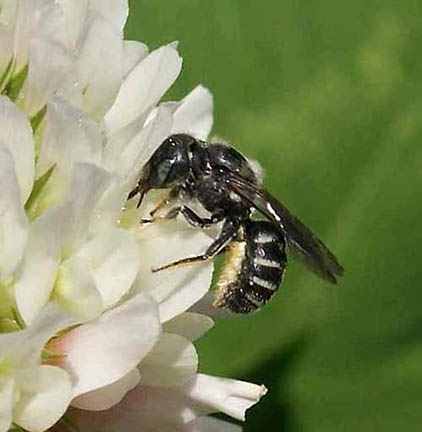
Leave Flower Stems for Bees and Small, Solitary Wasps
Fall is a time when many people “put their gardens to bed” by cutting back their dead flowers and cleaning up their gardens before winter. However, if attracting pollinators to your garden is one of your goals, then you might want to rethink cutting old flower stems to the ground. Some of our small, solitary,…
-
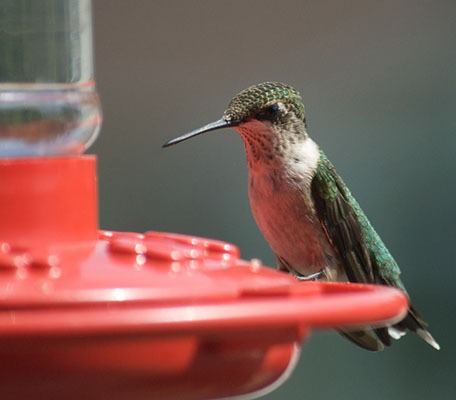
Leave Hummingbird Feeders Up for Fall Migration
Over the next several weeks, our hummingbird numbers will begin to drastically decline as they leave for their wintering grounds in Mexico and Central America. Growing up, I always heard that you should take your hummingbird feeders down in the fall so you don’t encourage the hummingbirds to stick around too long. I still occasionally…
-
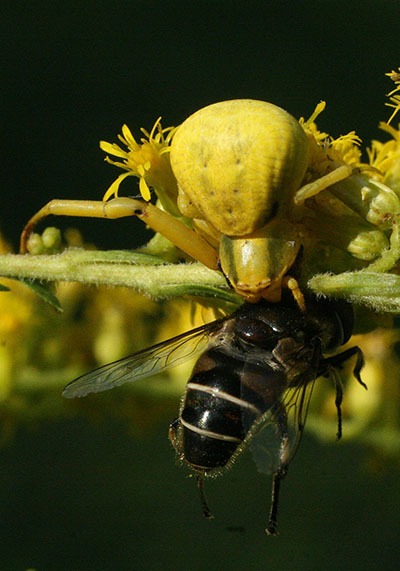
Goldenrod Crab Spider
As the fields turn yellow with goldenrods, it is fun to watch all of the pollinators that are attracted to these abundant sources of late-season nectar and pollen. Goldenrods are a great place to watch butterflies, bees, wasps, beetles, and many other pollinators. They are also a great place to watch predator-prey relationships in action,…
-
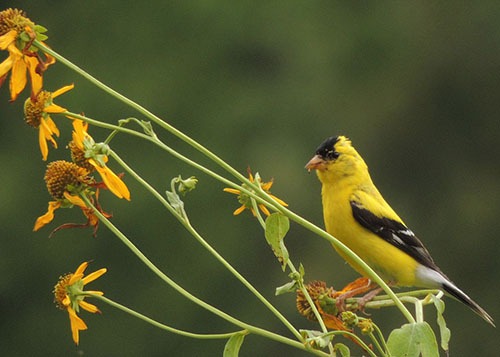
Leave Seed Heads for Songbirds
As we begin the transition from summer to fall, many of our summer flowers are starting to go to seed. It is often tempting to cut off the seed heads in an attempt to make our gardens looks neater, especially if you don’t want the plants spreading anymore. However, songbirds love to eat the seeds…
-
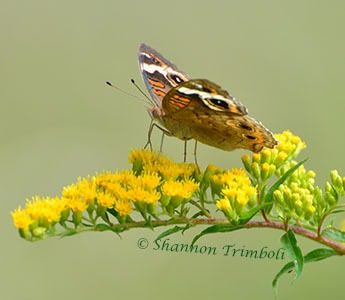
Goldenrods
Goldenrods (Solidago spp.) are in the aster family – the same family as daisies, sunflowers, and asters. The USDA Plants Database lists 33 species of goldenrods that are native to Kentucky. Two of those species, the white-haired goldenrod (Solidago albopilosa) and Short’s goldenrod (Solidago shortii) are federally endangered. The giant goldenrod (Solidago gigantea) is Kentucky’s…
-
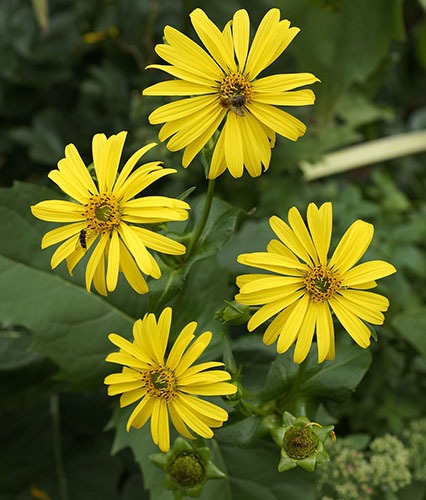
Cup plant
Cup plant (Silphium perfoliatum) is a tall wildflower that is native to Kentucky and much of the eastern U.S. It commonly grows 4-6 feet tall and has been known to grow even taller in ideal conditions. Once established, cup plant spreads both by seeds and by underground rhizomes that form clones. In favorable conditions, it…
-
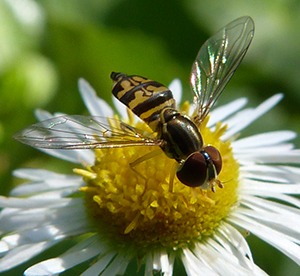
Hoverfly
When is a bee not a bee? When it is a hoverfly! Hoverflies are flies that look like bees or wasps. Their disguise is very good and casual observers often mistake them for small bees or wasps. Hoverflies, also known as Syrphid flies or flower flies, are found on every continent except Antarctica. They belong…
-

Leave Fields of Fall Wildflowers for Pollinators
Late summer and fall wildflowers such as ironweed, joe-pye-weed, goldenrod, native sunflowers, and asters are important late sources of pollen and nectar for many species of butterflies and bees. If possible, allow these plants to flower in fields and open areas. One simple way of doing this is to delay mowing fields until after the…
-
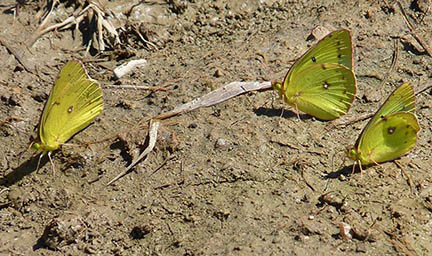
Create Mudding Spots for Butterflies
Butterflies will often congregate around mud puddles, or even just damp soil. These congregation areas are called mudding or puddling spots. Butterflies are drawn to them for the salts and minerals that are dissolved in the water. You can create an artificial mudding spot by providing a wet spot of soil that is free of…
-
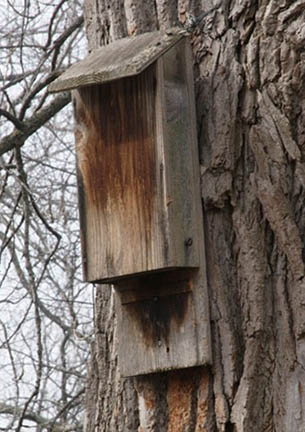
Install a Bat House
Bats play an important role in our ecosystem. Between 15 and 20 species of bats are regularly found in the eastern U.S., with a few other species showing up occasionally. All of the bats that live in the eastern U.S. are insectivores which means they eat insects. In other parts of the country and world,…
-
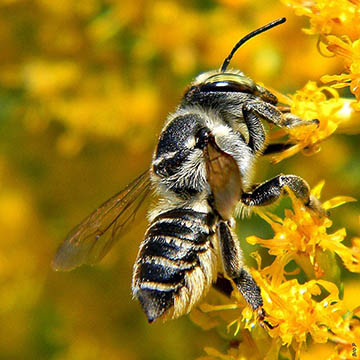
Leafcutter Bees
Leafcutter bees (Megachile spp.) are solitary native bees. There are many different species of leafcutter bees with over a thousand species worldwide. In North America, there are around 140 native species of leafcutter bees. Unfortunately, I can’t find a good resource for how many of those are found in Kentucky or the surrounding states. Most…
-
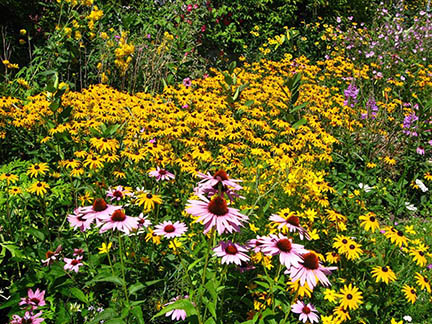
Incorporate Native Plants into Your Landscape
Incorporating native plants into your landscape can be a simple and effective way to attract pollinators and wildlife to your yard. While you can choose to plant only natives, you can also choose to have a mix of native and non-native plants. It doesn’t have to be all or nothing. Below are a few reasons…
-
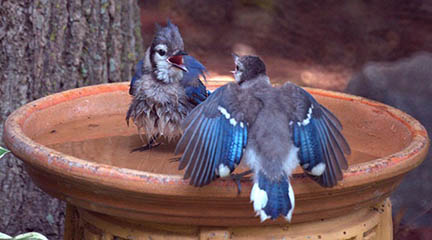
Provide Water for Birds
In nature, birds use puddles, rocky creeks, and other shallow water sources to bathe and drink. However, during the hot, dry, summer months, many of these water sources may dry up. Providing birds and other wildlife with a reliable source of this important resource is a good way to attract them to your yard. You…
-
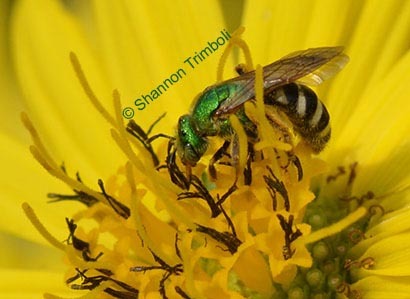
Appreciating the Wide Diversity of Bees
If asked to picture a bee, most people will think of a honey bee. A few people might think of a bumble bee, a carpenter bee, or maybe a sweat bee, but they will be in the minority and rarely will anyone think of any other type of bee. However, there are many other types…
-
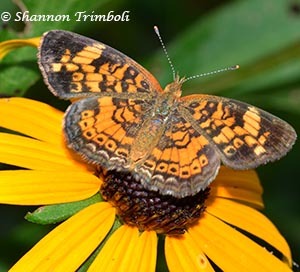
7 Tips for Planting for Butterflies
Butterfly gardens are growing in popularity. When done properly, they can be a great way to attract these beautiful pollinators to your yard. Here are seven tips to keep in mind as you are planting for butterflies. 1) Think about what species of butterflies you want to attract. Different species of butterflies require different food…
-
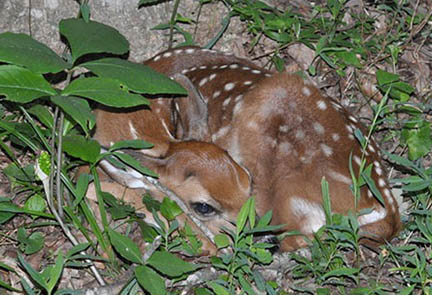
White-tailed Deer
White-tailed deer are native to much of the U.S. In pre-settlement times they were very common throughout the eastern U.S. However, several factors such as habitat loss, unrestricted hunting, and predation or harassment by dogs, caused the population to decline drastically. By 1894, the white-tailed deer population in Kentucky was so low that a law…
-

Plant Wild-Type or Old-Fashioned Varieties
When planting for pollinators, choose wild-type or old-fashioned varieties. Often as plants are bred to be showier and more ornamental, they lose their ability to produce as much nectar and pollen. This makes them less attractive to pollinators. Ornamental roses are one example of this. Honey bees and many other pollinators will work wild roses…
-
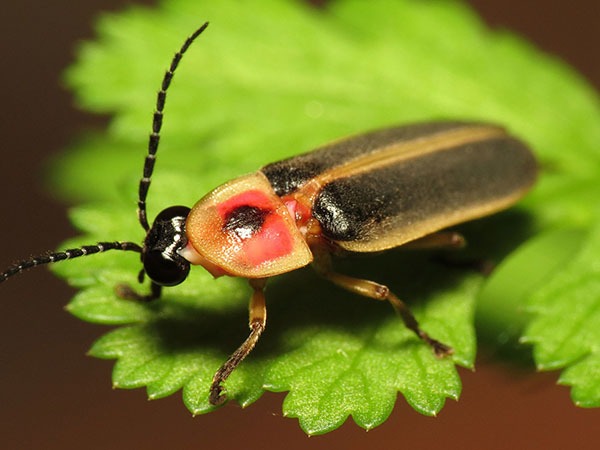
Fireflies and Lightning Bugs
I have always loved watching fireflies and lightning bugs dance in the backyard. They are one of my favorite insects and bring back lots of childhood memories. Even today, I will run outside to watch the first fireflies of the year or to see a particularly good display. Fireflies and lightning bugs are two different…
-
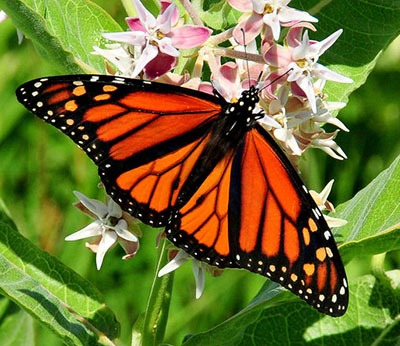
Monarch Butterflies and Their Migration
The monarch butterfly is one of the most widely recognized and celebrated butterflies in the U.S. For many of us, the love affair started in grade school when we learned about the monarch’s migration and their giant winter clusters in Mexico. The U.S. has two populations of monarch butterflies – an eastern and a western…
-
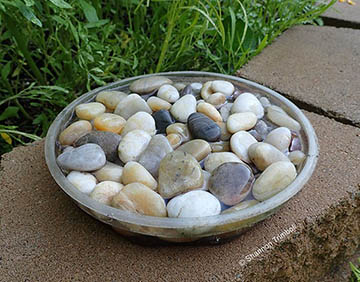
Make a Bee Waterer
Many pollinators will get much of the water they need from the nectar they drink. However, sometimes they need access to additional water sources. Honey bees, especially, need access to lots of water during the summer because they use water to cool their hive. Providing bees and other pollinators with access to water is easy…
-
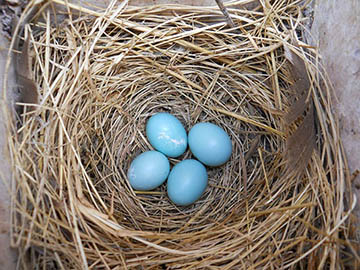
Help Scientists Learn about Nesting Success
in Take ActionMany people put up birdhouses to attract nesting birds. Even without putting up a birdhouse, it isn’t uncommon to find a nest in your yard or at a nearby park. When we lived in town, I frequently had robins build nests in the curve of my downspout or in the tree outside my living room…
-
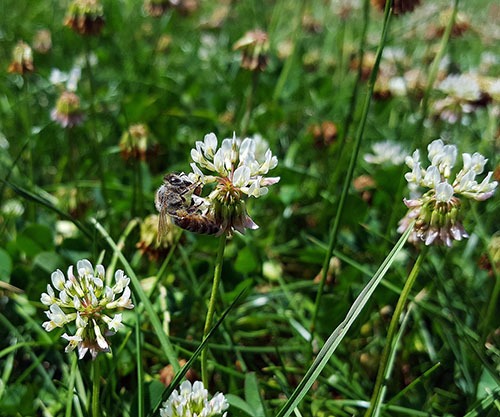
Mow Your Yard Less Frequently
In March 2018, researchers published a new study about the effects of lawn mowing frequency on bee populations in urban yards. Yards in the study were mowed at 1-, 2-, or 3-week intervals throughout the growing season. Before the yards were mowed, the number of dandelions, clovers, and other flowers growing wild in the yard were…
-
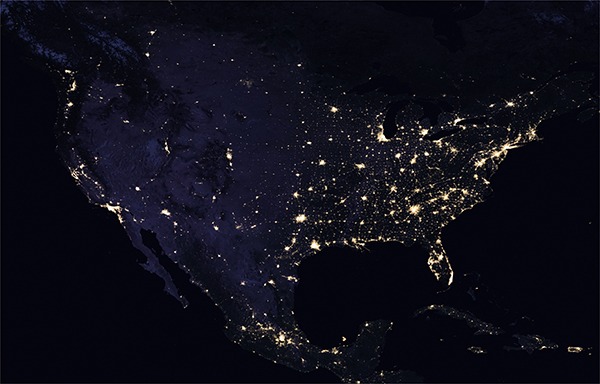
Turn Unneeded Lights Off at Night
Most of us probably don’t realize just how busy the nightlife can be from an animal’s perspective. Just because the sun goes down and people tend to migrate inside our well-lit homes, doesn’t mean that wildlife and pollinators do the same thing. Some species will curl up inside their homes to sleep, but many others…
-
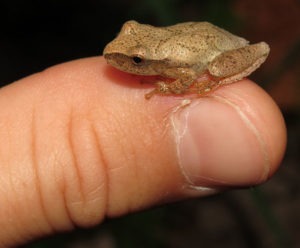
Spring Peepers
Spring peepers (Pseudacris crucifer) are small frogs that can be found throughout most of the eastern U.S. They are very common throughout most of their range. Spring peepers range in color from tan to grey and have an “X” on their back. These small frogs weigh less than 2 dimes and are only 0.75-1.5 inches…
-
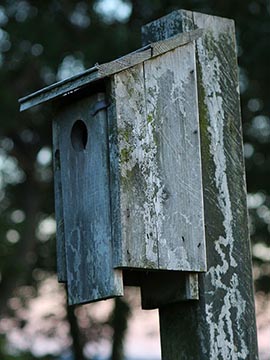
Choose the Right Type of Birdhouse
Birdhouses are often promoted as one way to attract nesting birds, primarily songbirds, to your property. But did you know that different types of birdhouses will attract different types of birds? Or that not all birds will use birdhouses? Or that some birdhouses can actually be harmful to birds? It is important to choose the…
-
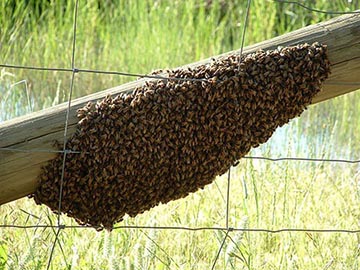
Swarms – What are they and what should you do if you find one?
Springtime is a busy time for honey bees and beekeepers alike. As more and more flowers and trees begin to bloom, the amount of nectar and pollen available for the bees increases. The worker bees will be busy bringing in all that nectar and pollen. The queen will also be busy laying eggs. She is…
-
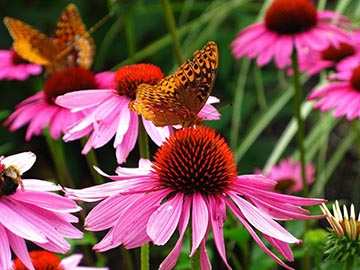
Plant Different Shapes, Sizes, and Colors of Flowers
Different species of pollinators are attracted to different shapes, sizes, and colors of flowers. For example, hummingbirds love red flowers with long narrow flower tubes. However, many bees don’t see the color red and don’t have long enough proboscises (tongues) to reach nectar at the bottom of a long narrow flower tube. Planning your landscape…
-
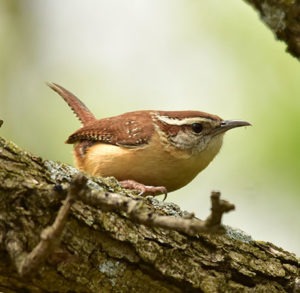
Carolina wren
The Carolina wren (Thryothorus ludovicianus) is a common visitor to backyards throughout Kentucky and much of the eastern U.S. Both the male and the female look alike. These chestnut-colored, medium-sized, songbirds have a ton of personality and are very vocal. Although you wouldn’t guess it based on how common they are at bird feeders in…
-
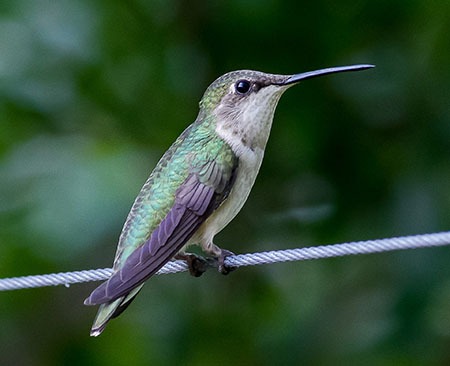
Don’t Bring Hummingbirds Inside to Warm Up
You don’t have to live in Kentucky long to figure out that Kentucky weather can be a bit crazy. Seventy degree weather one day and snow the next? Yep, we can do that. Noooo problem. I know many of our neighbors in Tennessee, Illinois, Indiana, and Ohio claim the same type of weather. Although spring…
-
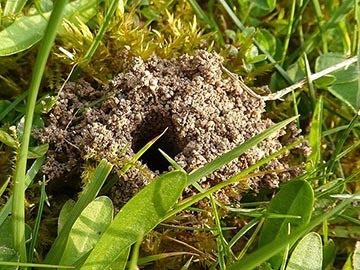
Provide Habitat for Ground Nesting Bees
It is estimated that approximately 70% of bees native to the U.S. nest in the ground. Depending on the species, ground nesting bees may spend as much as 11 months underground developing from an egg into an adult bee. The adult bee may only be active above ground for a few weeks. During those few…
-

Clean and Repair Birdhouses
Spring is rapidly approaching and some of the early nesting songbirds are starting to re-establish their territories. Now is the time to clean and inspect your birdhouses if you haven’t already done so. Even if you cleaned and inspected your birdhouse in the fall, it isn’t a bad idea to do another quick check. The…
-
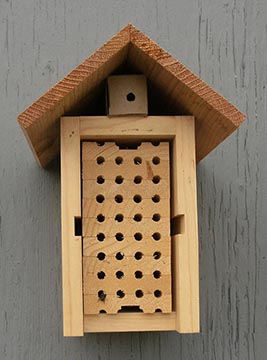
Include a Mason Bee House on Your Property
You don’t have to be a beekeeper to provide a home for bees on your property. Mason bees are a group of bees native to the U.S. They are important pollinators that nest in hollow grasses and other tubes. Mason bees get their name from the walls they build between each egg they lay in…
-

Plant in Mass to Attract Pollinators
Pollinators are more attracted to clumps of the same type of flower, than to individual flowers. One, it’s easier to see the clumps from a distance as the pollinator is flying around. Two, it is more efficient for the pollinator to work a clump of flowers than to have to fly any distance between each…
-
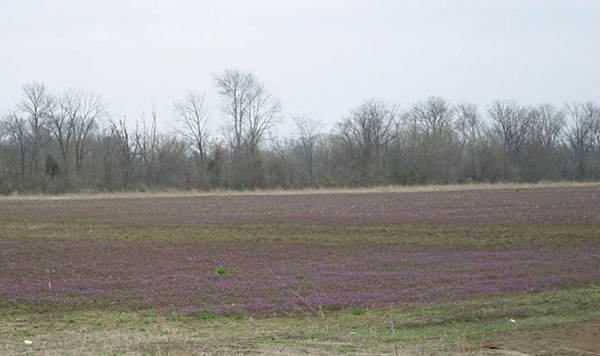
Henbit and Deadnettle
In March, backyards and fields can turn purple when viewed from a distance. The source of this purple hue are species in the genus Lamium. Our most common Lamium species are purple deadnettle (L. purpureum), henbit deadnettle (L. amplexicaule), and henbit (L. maculatum). Henbits and deadnettles look similar. Both have square stems, similar-shaped purple flowers,…
-

Gray Squirrels
Of the three species of squirrels that can be found in Kentucky, the gray squirrel (Sciurus carolinensis) is the most common. Gray squirrels are native to most of the eastern U.S. They have also been introduced to parts of the western U.S. and several European countries. In locations where gray squirrels have been introduced, they…
-
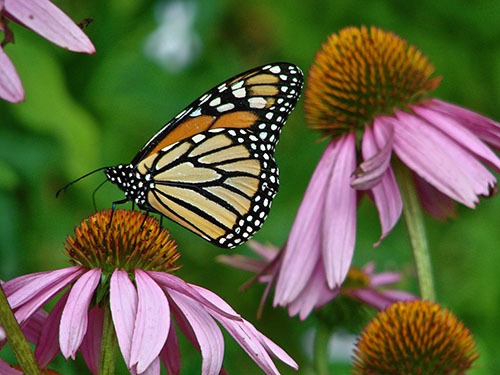
Provide Pollinators with Three Seasons of Blooms
When planting for pollinators, try to incorporate at least three different types of plants that bloom in each of the three growing seasons (spring, summer, and fall). In Kentucky and much of the surrounding region, the growing season typically begins sometime in February and ends with the first killing frosts in late October or November.…
-
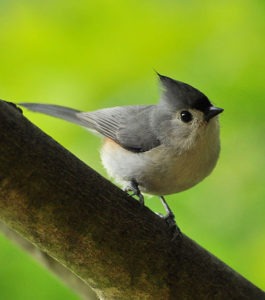
Tufted Titmouse
The tufted titmouse (Baeolophus bicolor) is the only species of titmouse found in the eastern U.S. These curious, vocal songbirds are in the same family as the chickadees. In fact, once upon a time, they were in the same genus as chickadees, but genetic testing resulted in the genus being divided into two. A tufted…
-
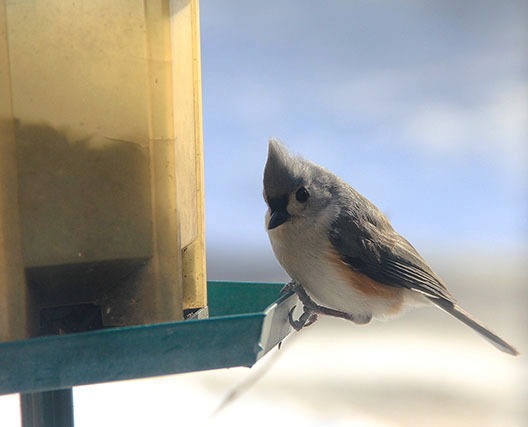
4 Common Types of Bird Seed and the Winter Birds They Attract
Many people enjoy feeding the birds, especially during the winter. It is a great way to attract birds to your home and to an area where you can easily watch them. The types of birds that come to your feeders will depend partly on the types of birds that are in your area and partly…
-
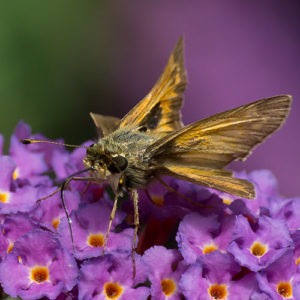
Skippers: Common, but often Overlooked Butterflies of Kentucky
Over the last week, I’ve noticed an increase in the number of brightly yellow tiger-swallowtail butterflies. Tiger-swallowtails are one of my favorite Kentucky butterflies and I love taking pictures of them on the milkweed and other wildflowers on our farm. However, there is another group of butterflies that I have also grown to appreciate over…
-
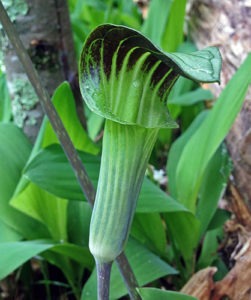
Jack-in-the-Pulpit and Its Tricky Pollination Method
Jack-in-the-pulpits (Arisaema triphyllum) are native to much of the eastern two-thirds of the U.S. and grow in moist, rich woodlands. In Kentucky, they typically bloom in April and May. Their flowers aren’t very showy compared to some of our other spring wildflowers, but they have a unique shape. They also have some very interesting life…
-
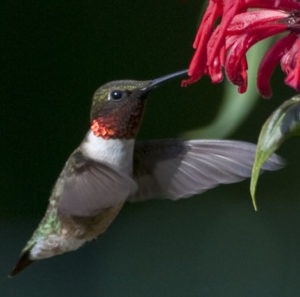
Help Track Hummingbird Migrations
It’s almost time for the hummingbirds to start arriving in Kentucky! In Kentucky, like the rest of the eastern U.S., we only have one common species of hummingbird – the ruby-throated hummingbird. Each year these tiny birds migrate from wintering grounds in Mexico and Central America to breeding grounds in the U.S. and Canada then…
-
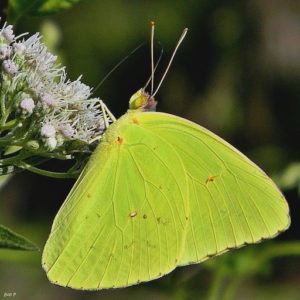
Sulphur Butterflies
Sulphur butterflies are the bright yellow butterflies with relatively few markings that we see in our gardens and other open areas during the summer and fall. Of the medium to small sized butterflies, sulphurs are some of my favorites. There are several species of sulphur butterflies that can be found in Kentucky and much of…
-

The Rusty Patched Bumble Bee – The First Bumble Bee Added to the U.S. Endangered Species List
Recently, the rusty patched bumble bee (Bombus affinis) made history when the U.S. Fish and Wildlife Service listed it as this country’s first endangered bumble bee. The rusty patched bumble bee is one of approximately 50 bumble bees native to the U.S. Relatively little research has been done on many of those species, including the…
-
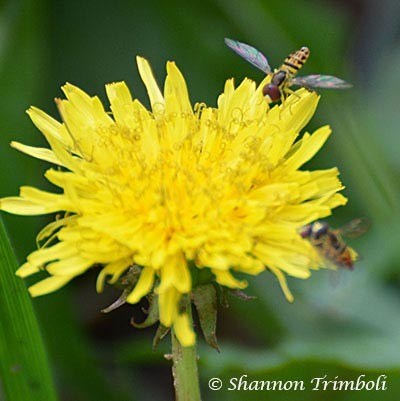
Dandelions – Not an Evil Weed to be Destroyed on Sight
The dandelion (Taraxacum officinale) is perhaps one of the first wildflowers that many of us learned to identify. The cheery yellow flowers bring dots of color to yards and other open areas, while the puffball seed heads bring joy and laughter to kids everywhere. However, many homeowners view them as an evil weed to be…
-
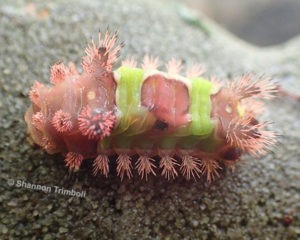
Saddleback caterpillars
I almost had a really bad experience on Sunday. The baby ducks aren’t babies any more. They have learned to fly and while we’ve caught the drakes and trimmed their flight feathers, we haven’t been able to catch the hens yet. They are too fast and can fly too well. Saturday, a couple of hens…
-

Hummingbirds at Home – Helping Scientists Learn More about Hummingbirds and their Feeding Behaviors
in Take ActionHummingbirds are much loved and welcomed visitors to gardens and backyards across the country. In order to survive, they must feed almost constantly or they would literally starve to death. It has been estimated that if hummingbirds were the size of people, then they would need 155,000 calories a day to survive. However, all animals…
-
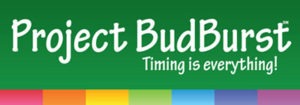
Tracking the Blooms with Project Budburst
in Take Action“Everything seems to be blooming early this year,” has been a common observation over the last month. I’ve made it and so have many of my friends and colleagues. But memories, especially casual observations from a year or more ago, can be tricky. That’s why many people who are interested in plants – gardeners, farmers,…
-
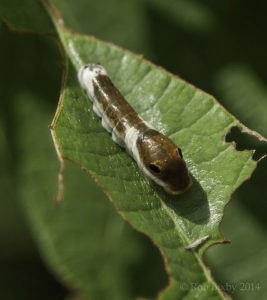
Bird Poop, Snake Head, and Leaf “Costumes” of the Spicebush Swallowtail
The ghouls and goblins of Halloween got me thinking about mimicry in the natural world. Mimicry is when an animal has evolved to look like something else. The spicebush swallowtail caterpillar provides some of my favorite examples of mimicry among Kentucky’s butterflies. The spicebush swallowtail (Papilio troilus) can be found throughout the eastern U.S. It…
-
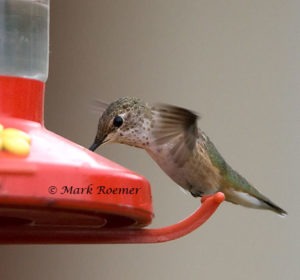
Kentucky’s Winter Hummingbirds
It’s hard to believe that it is already the middle of October. This year has zoomed by – there are so many things that I wanted to get done this year that I haven’t even started. This weekend’s cold snap served as a reminder that winter really is just around the corner. It’s time to…
-

How do butterflies and moths survive the winter?
According to the Journey North website, monarch migration peaked last week around the Great Lakes. That means it won’t be long before the migration peaks in Kentucky. The monarch butterfly’s migration to and from Mexico each year is a familiar story. But what happens to all of our other butterflies and moths? How do they…
-

Saving honey bees – one soda at a time
Several times this summer, someone has asked me about bees around a garbage can. Each time the bees were honey bees and the garbage can was a public trash can located outside. The bees are being attracted to the half-drunk sodas that people toss into the trash without thinking about it. The problem is especially…
-

Ruby-throated Hummingbirds: A favorite summer visitor and important pollinator
Ruby-throated hummingbirds are the only hummingbirds that nest in the eastern United States. They arrive in Kentucky between mid-March and early April. The males arrive first and set up territories. When the females arrive, the males display to attract the females. The male’s mating display is a series of long swoops that look like he is…
